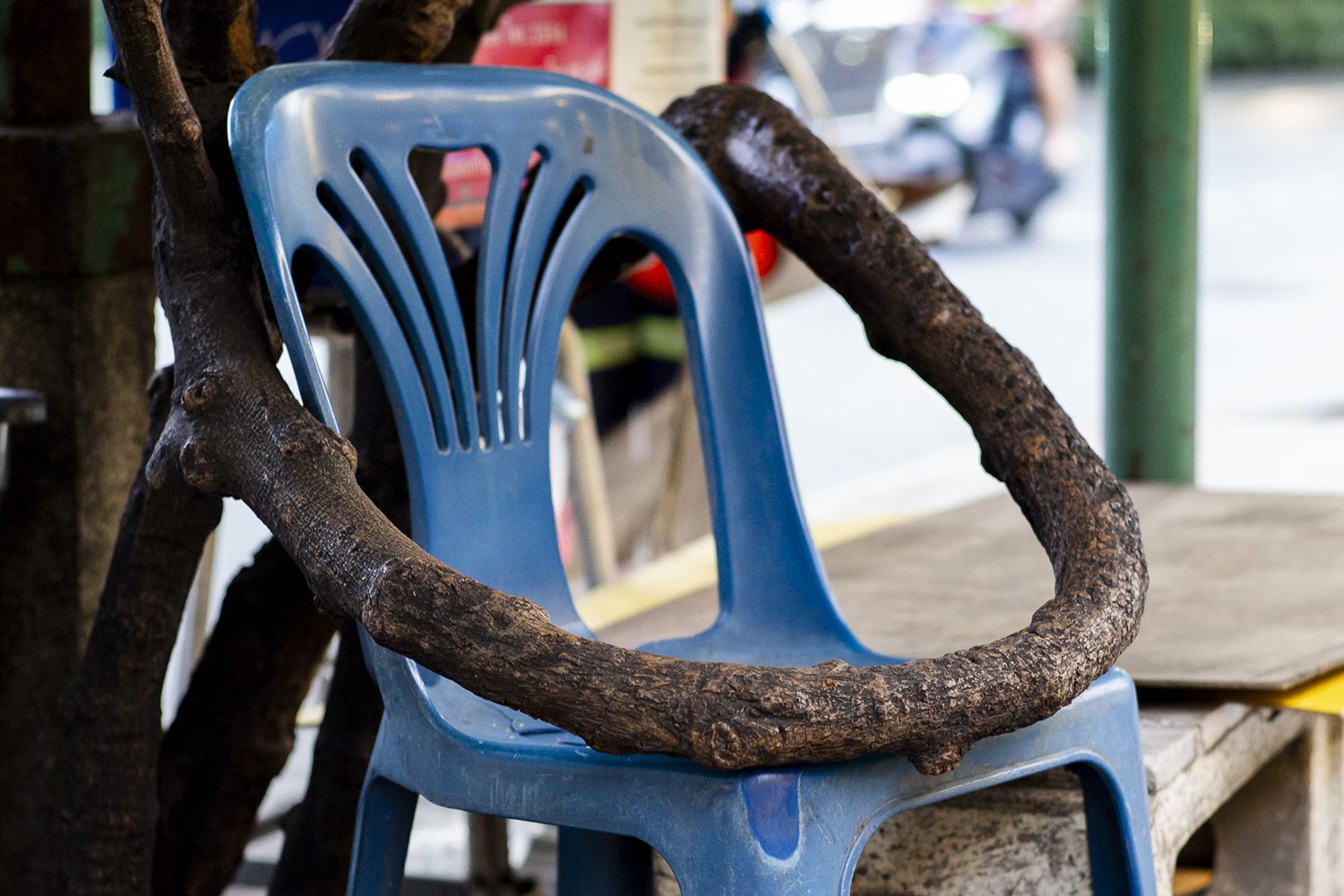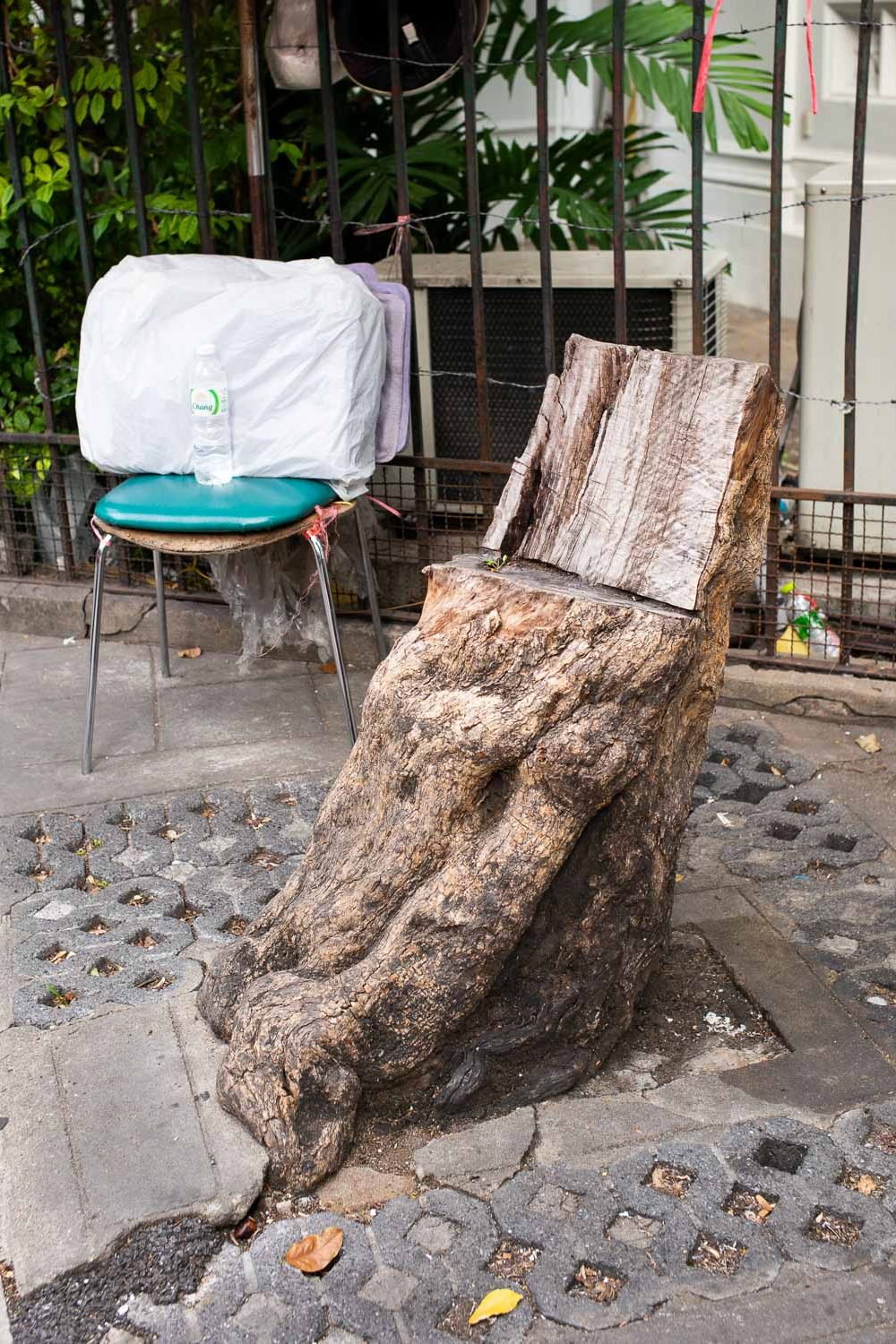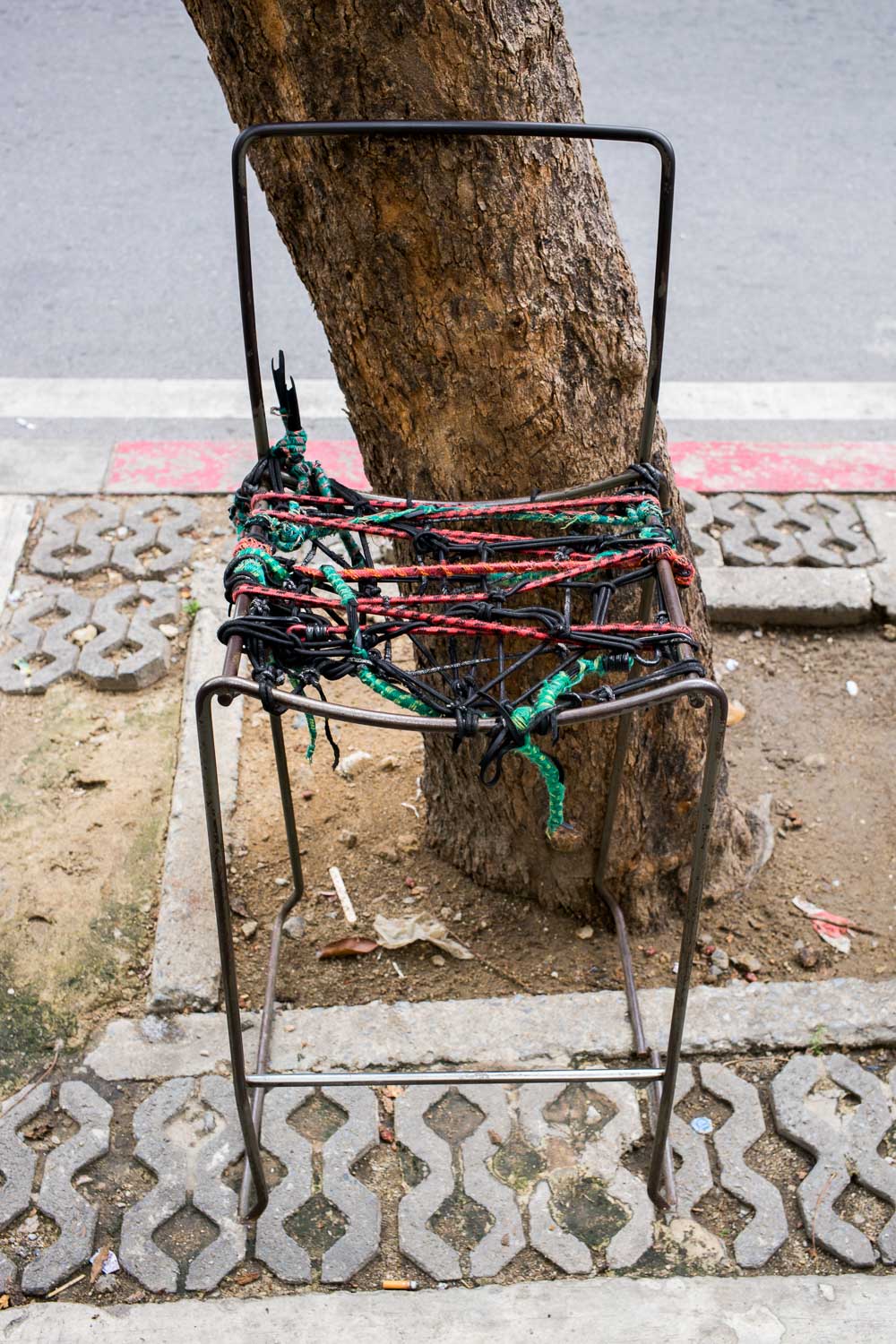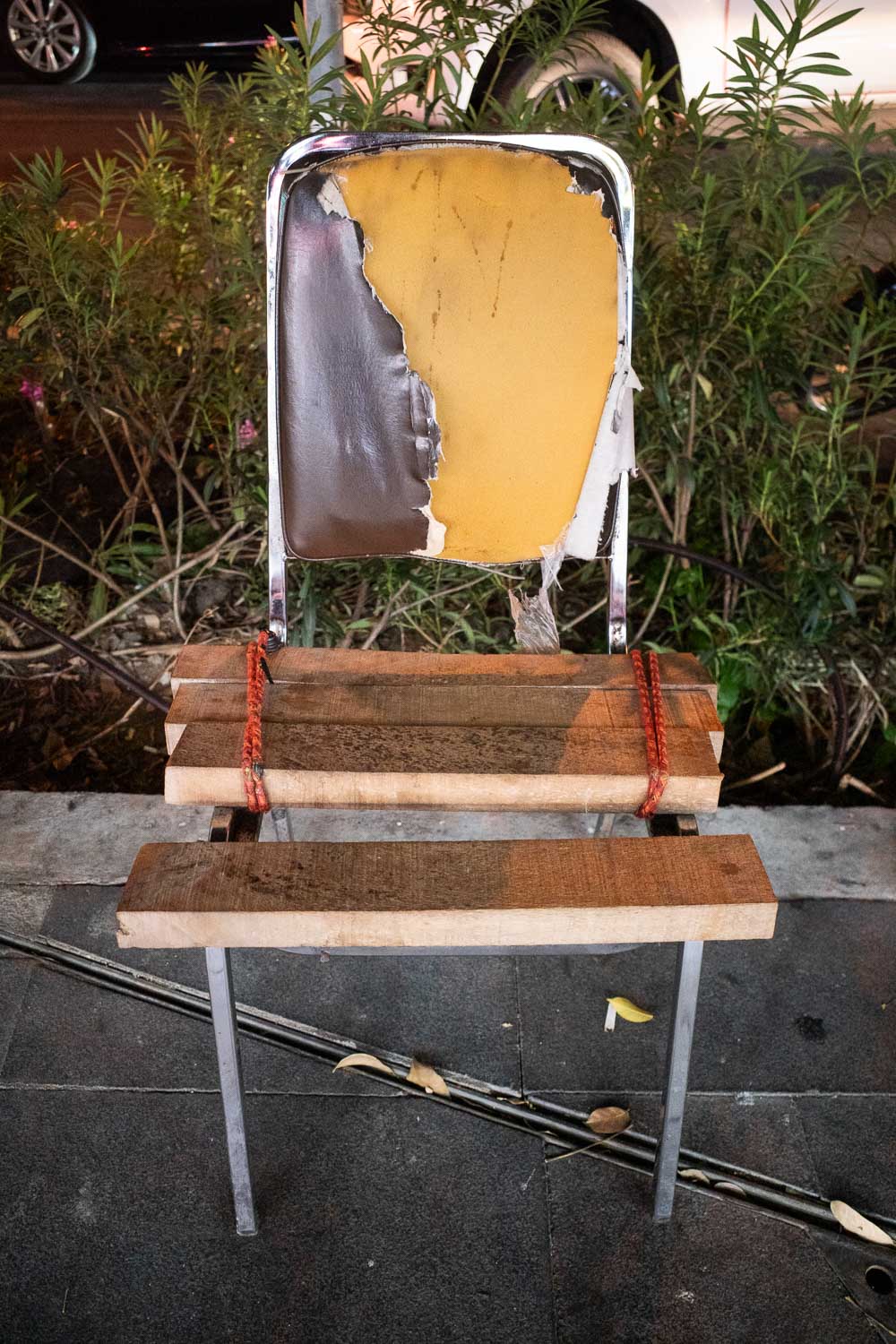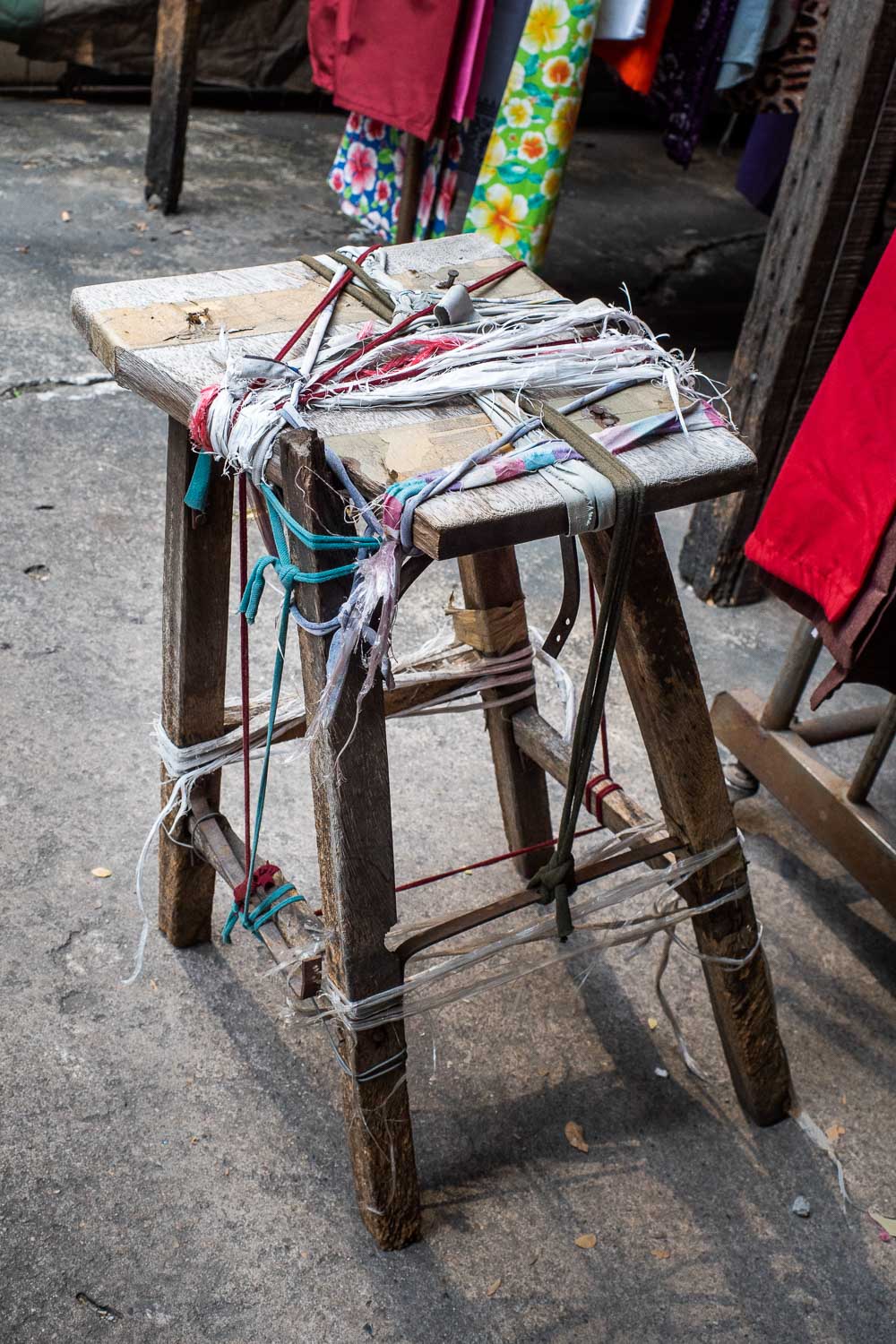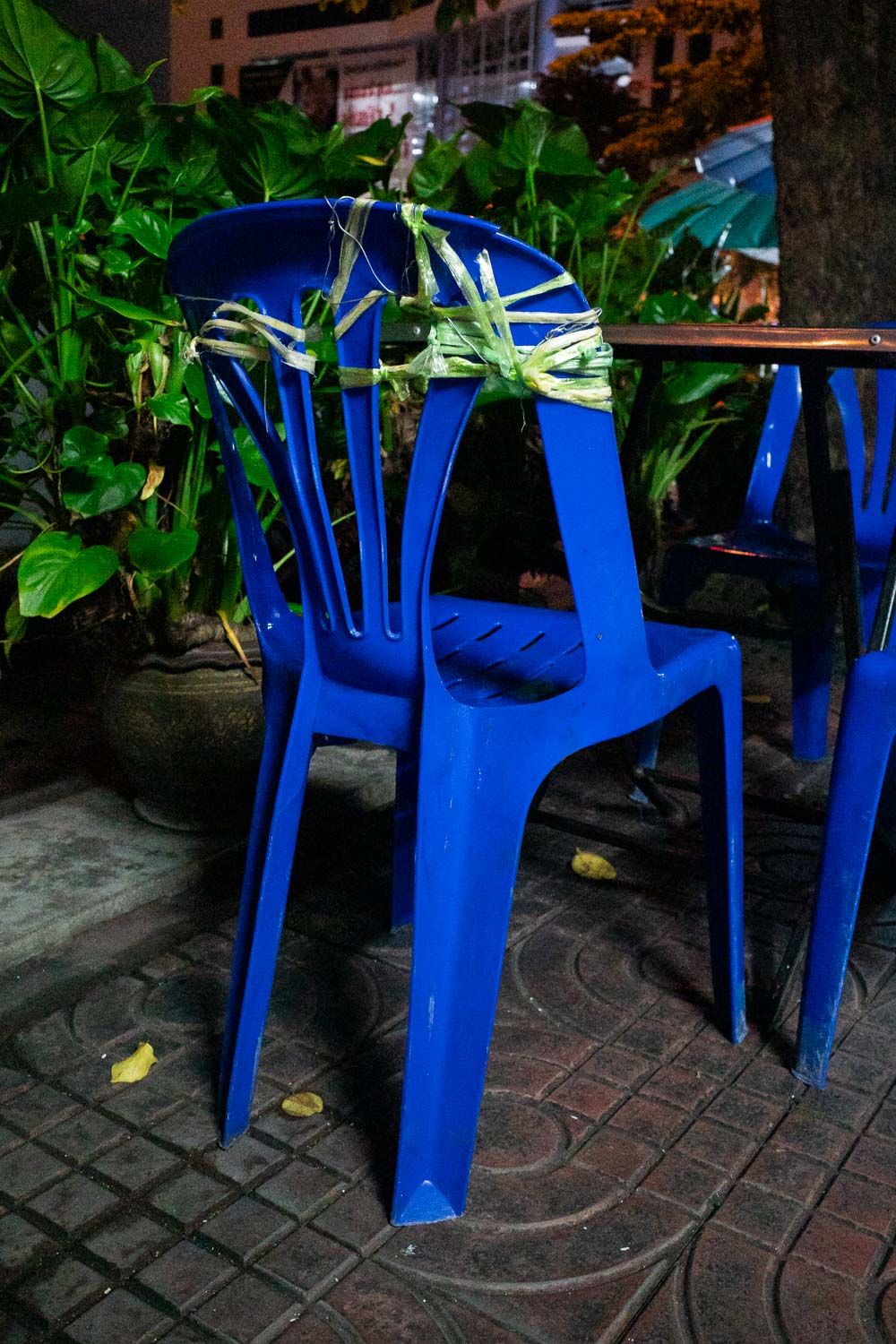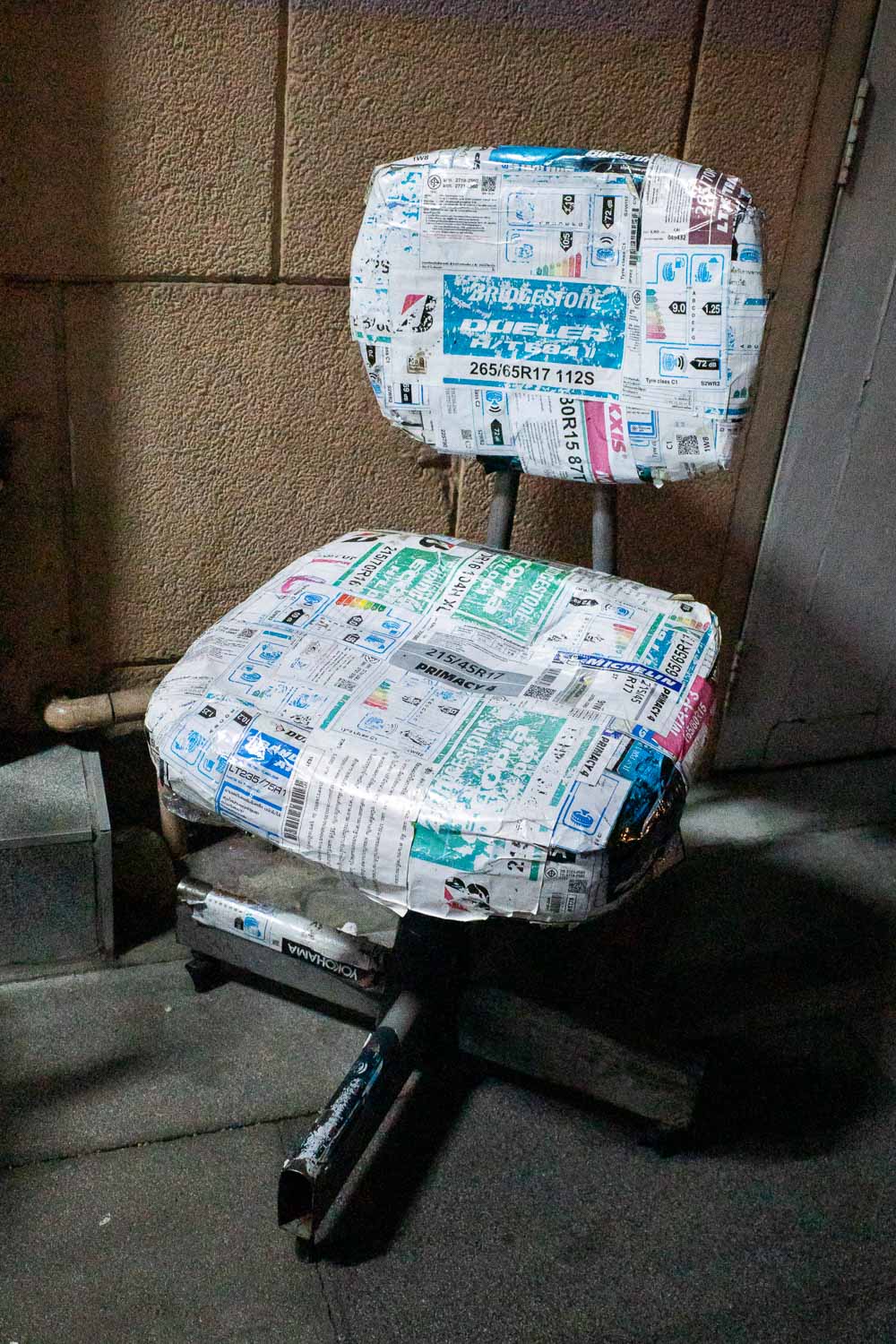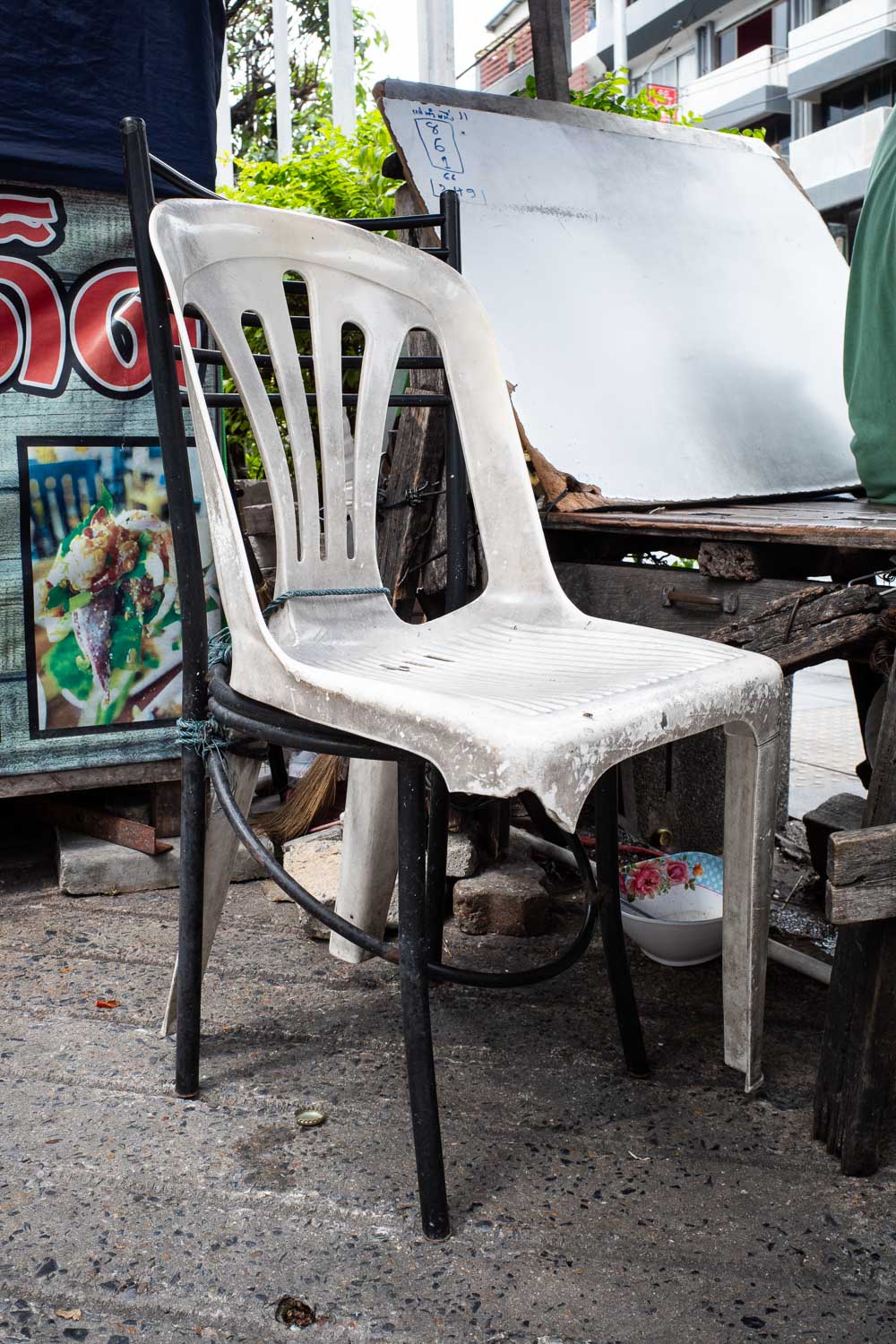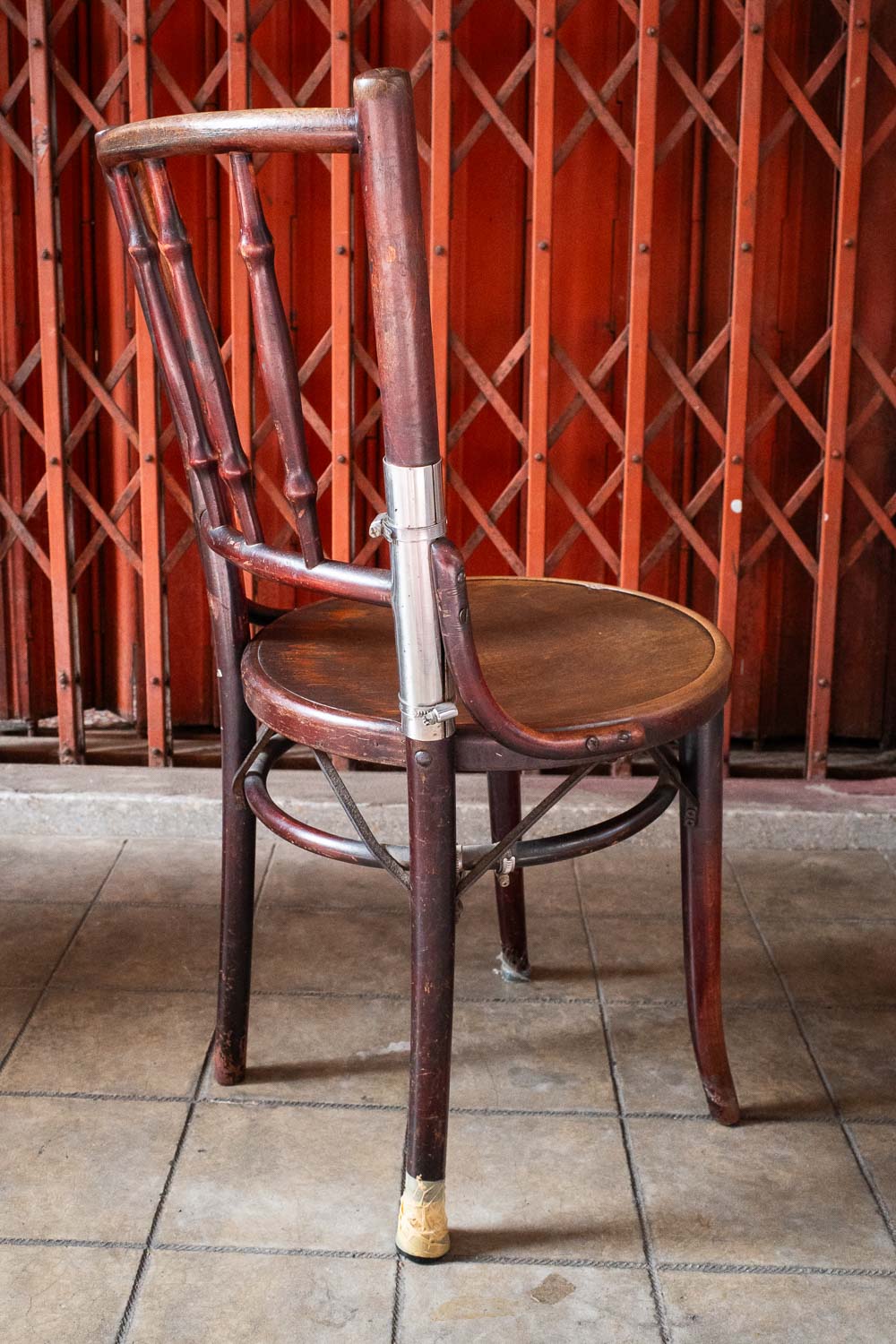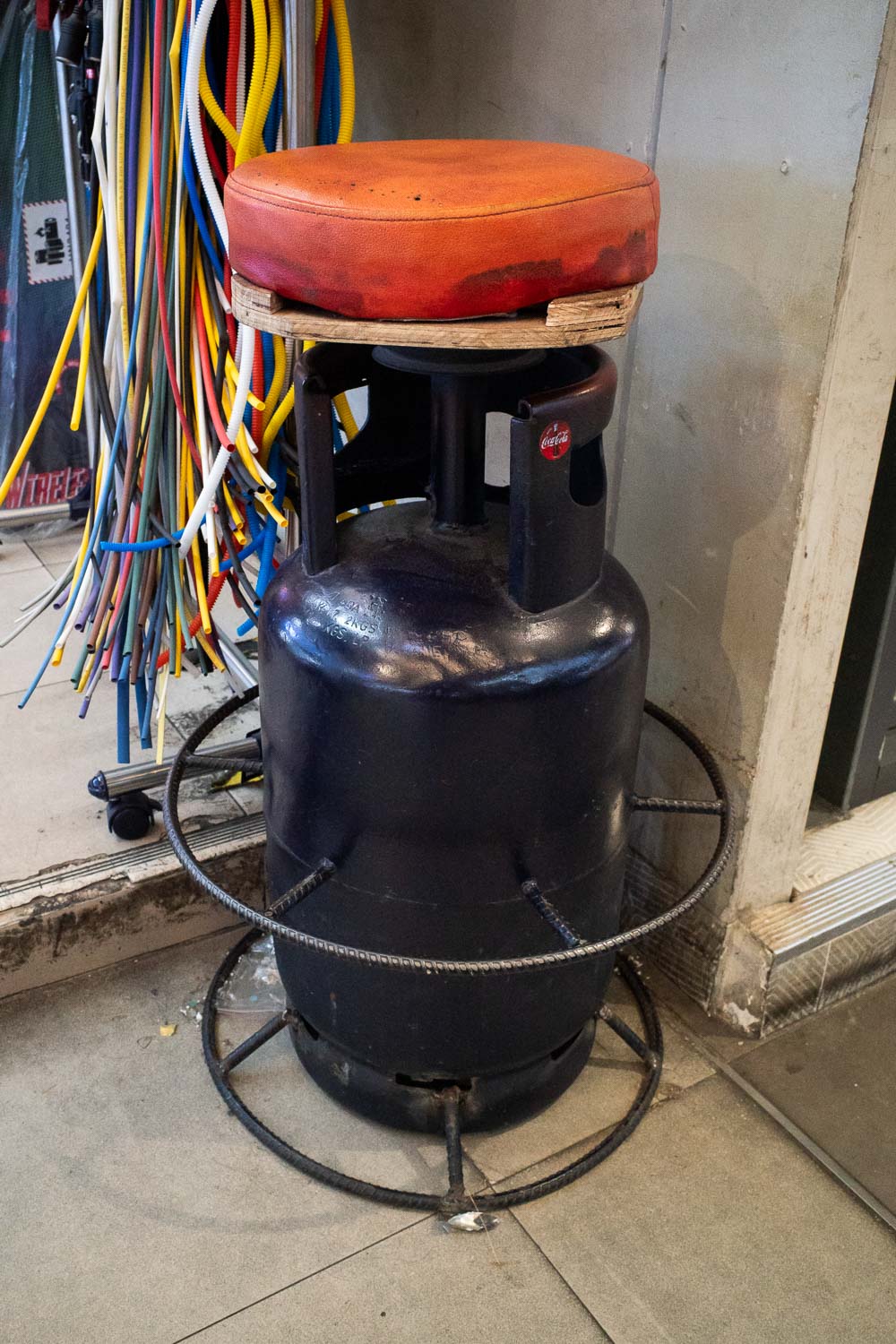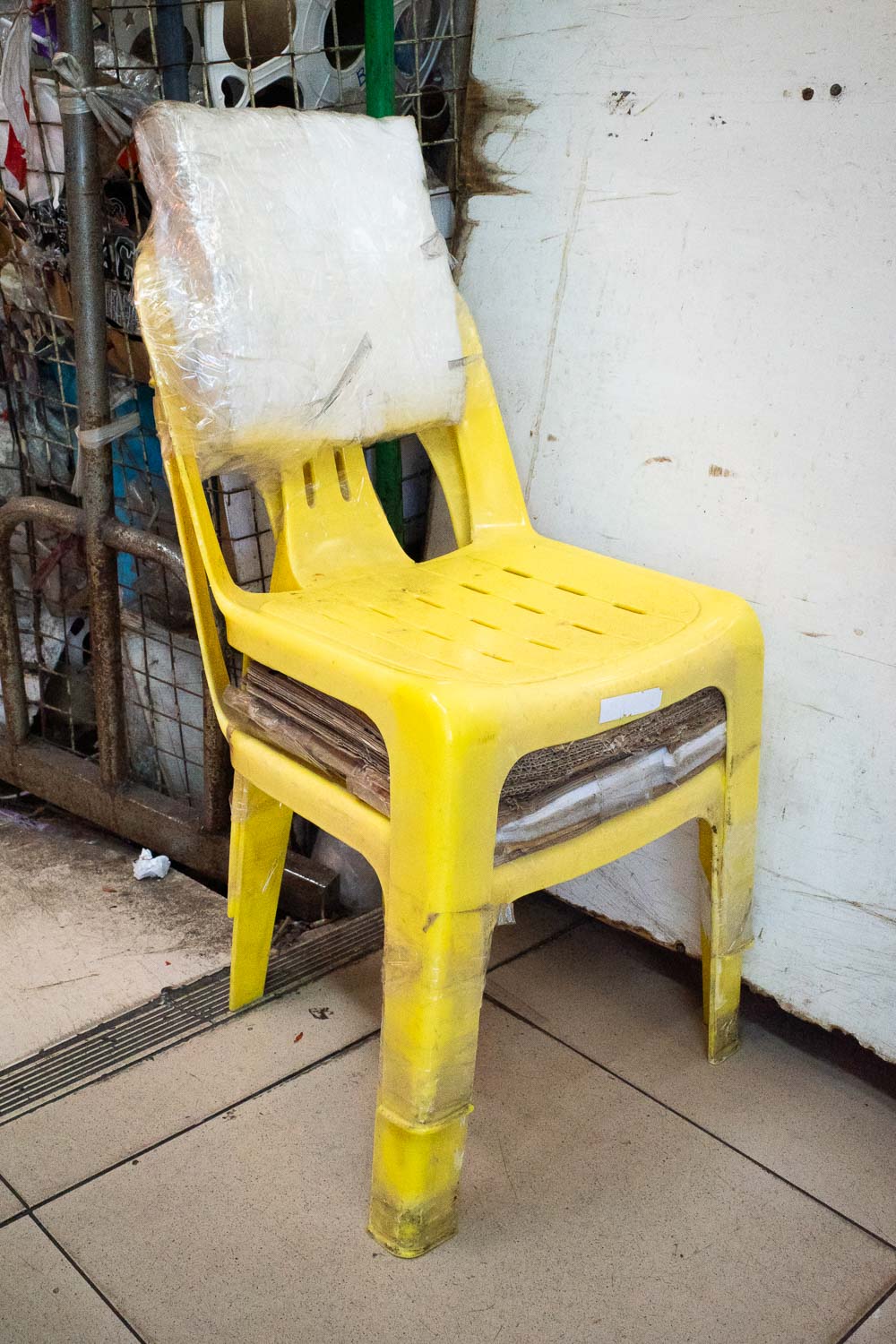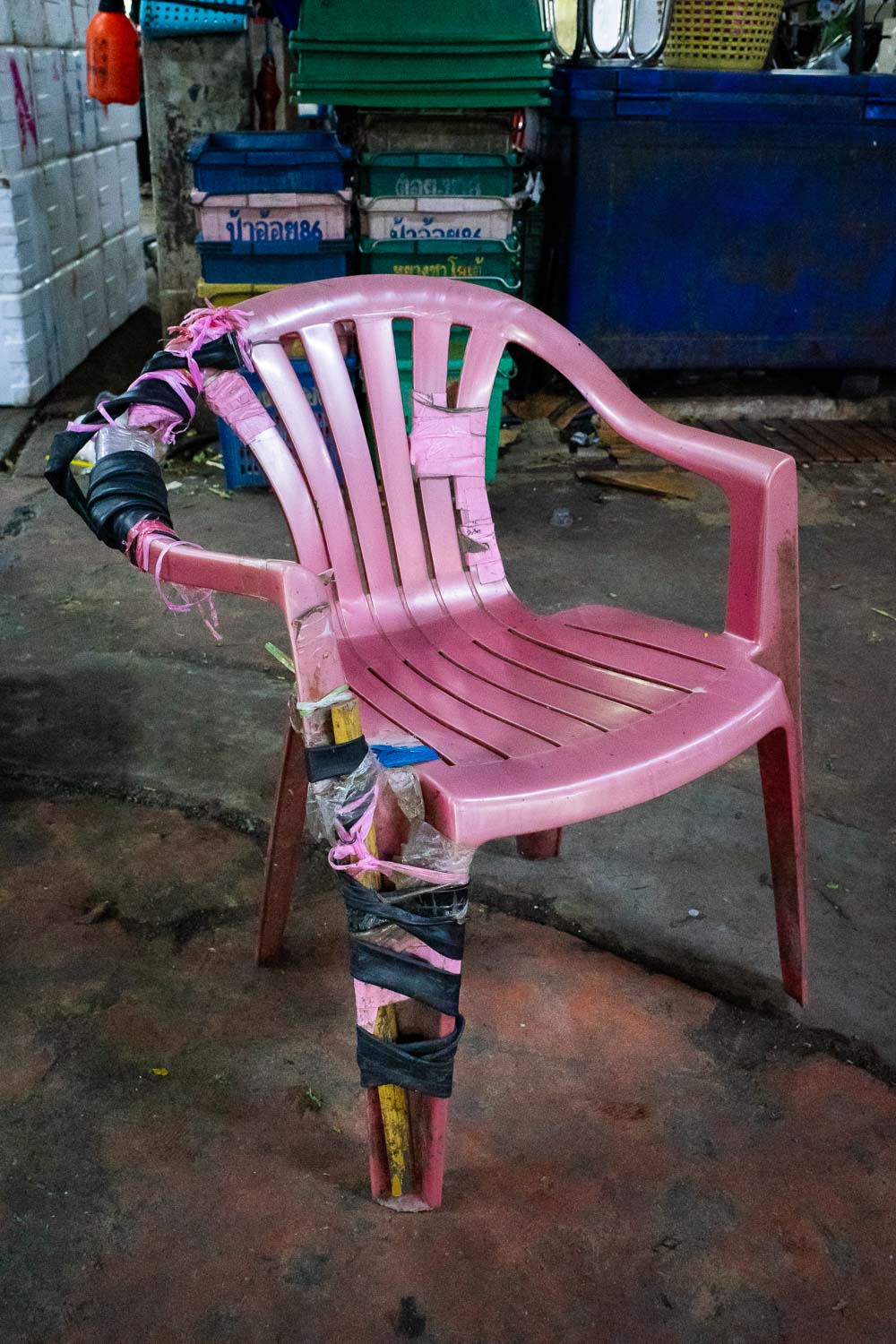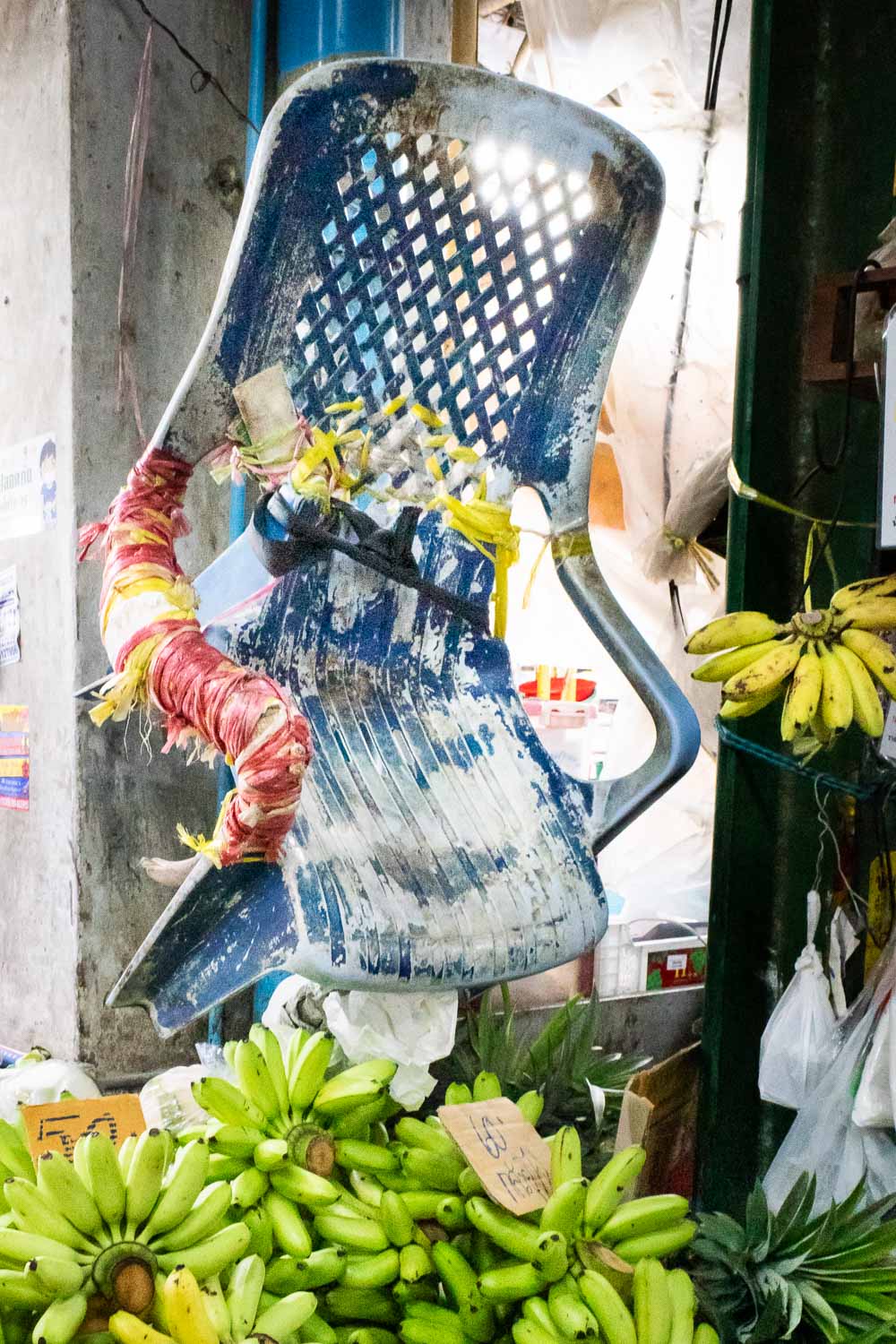TEXT & PHOTO: ULF SVANE
(For Thai, press here)
Bangkok Archive is a visual narrative of historic Bangkok. Driven by curiosity and a love for the city, we visit old, authentic places and talk to the people who keep these places alive. Due to rapid economic development, these places are constantly at threat of gentrification, relocation and closure. We consider ensuring a lasting memory of these places an urgent task.
As newcomers enter and new demands and habits emerge, with each passing year the city loses some of its distinct cultural-historical identity. With each refurbishment and demolition, the city’s décor is irreparably changed. At the same time, rising house prices in the city center push large segments of the population further out into the suburbs. Hand in hand with the relocation of people follows the departure of traditional businesses and small industries. Their way of life had set the standard for the environment and appearance of the city for decades. Traditional places to meet, eat, and drink with friends and family, or have your clothes washed or your haircut are at risk of disappearing.
We intend to ensure a memory of these places and the personal narratives that hide in plain sight. We wish to remember the city as it used to be and, through this, ask ourselves what kind of city we want to live in in the future. We want to question urban development and the political priorities on which it is based. We believe that the old places are an important part of Bangkok’s identity, worth fighting for and preserving so that new generations can get to know the city’s spirit and so reflect on its future.
Through these efforts, Bangkok Archive contributes to securing a significant and unique part of Bangkok’s cultural heritage for the future.
_____________
Ulf Svane, an award-winning visual storyteller from Copenhagen, Denmark, has gained widespread acclaim for his exceptional work. Specializing in capturing the tapestry of culture, people, and culinary experiences, he now divides his time between Copenhagen and Bangkok. Ulf’s work has been featured in respected publications such as Conde Nast Traveller, Travel + Leisure, National Geographic, Financial Times, and The Washington Post.
bkkarchive.com
ulfsvane.com
instagram.com/ulfsvane



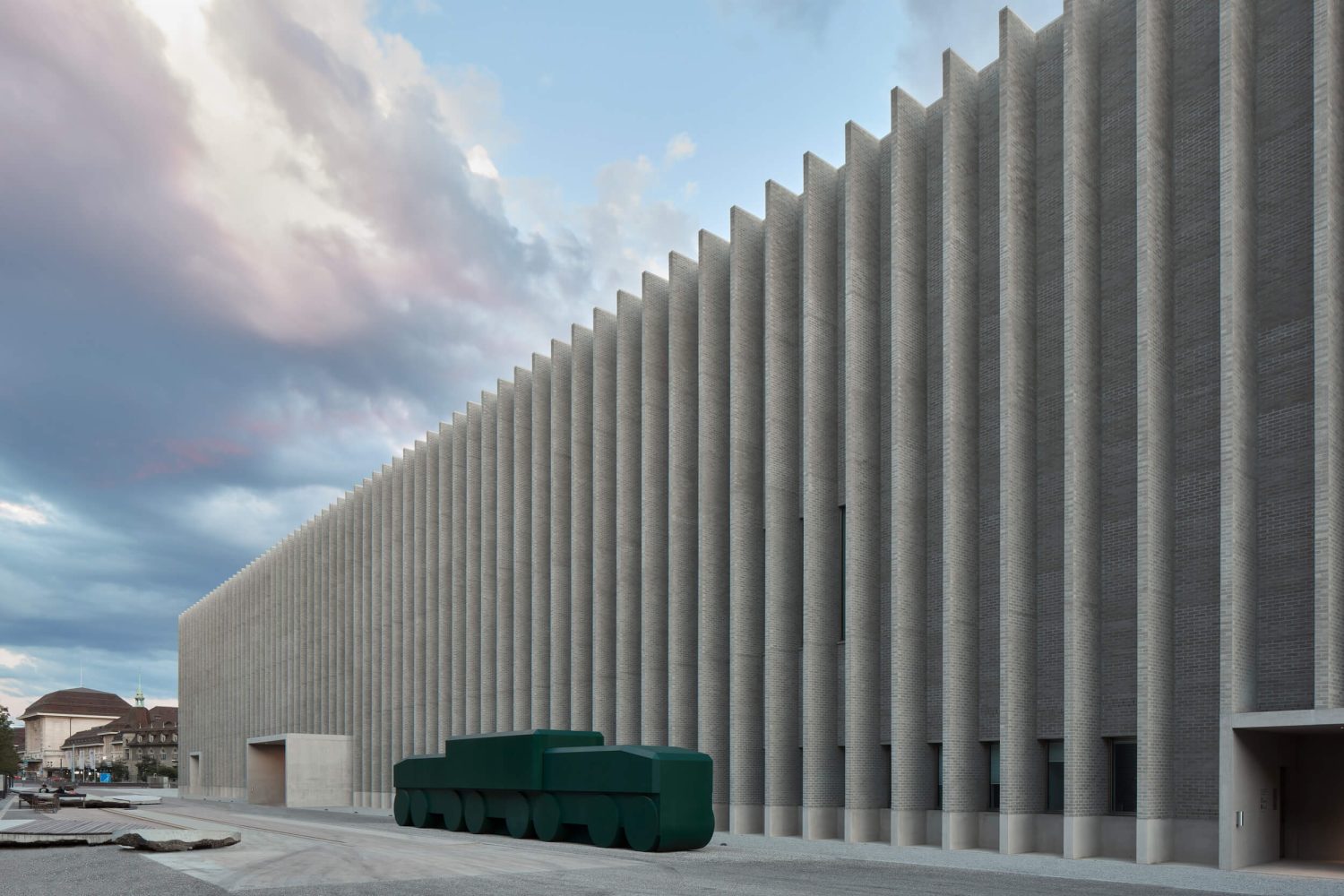


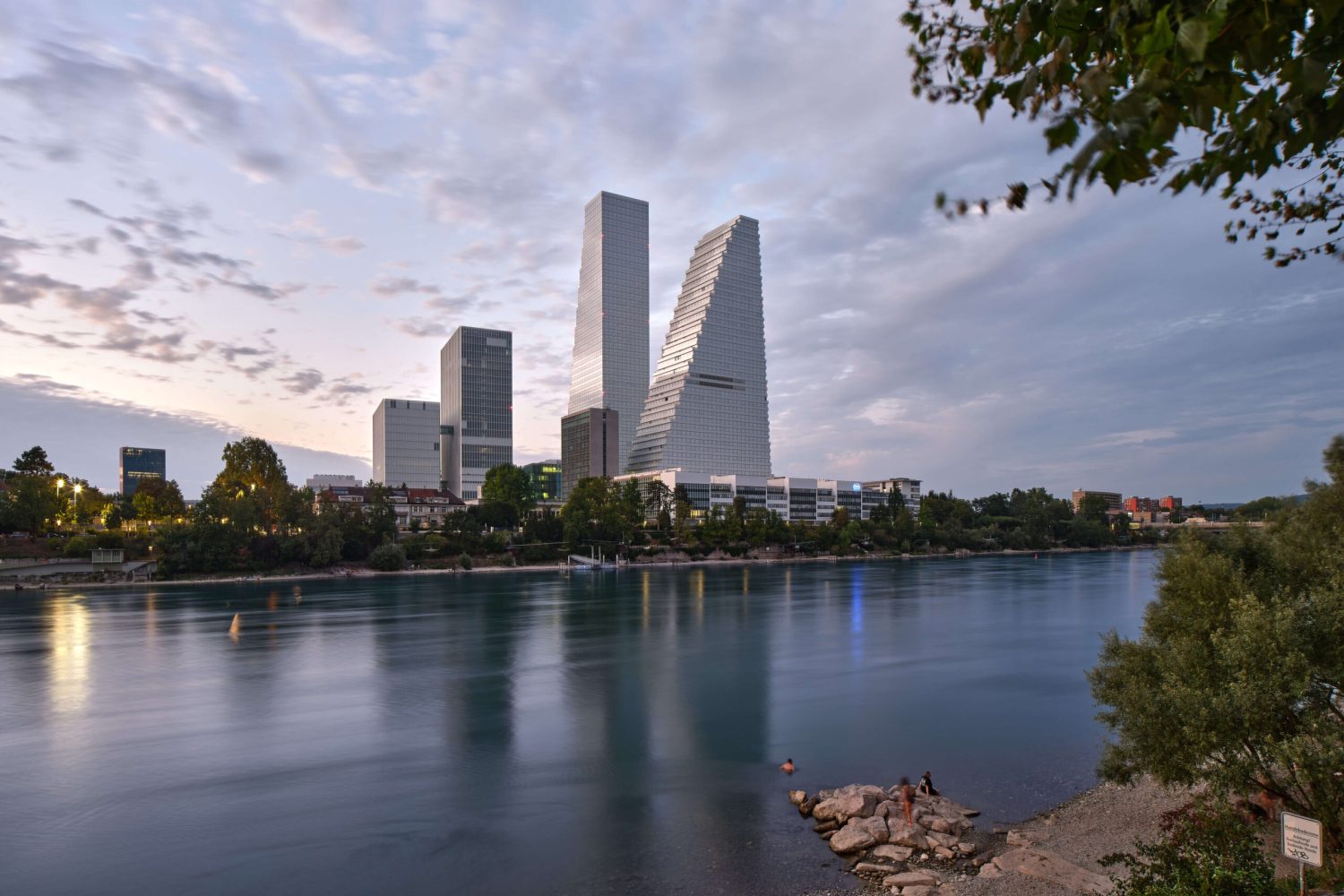
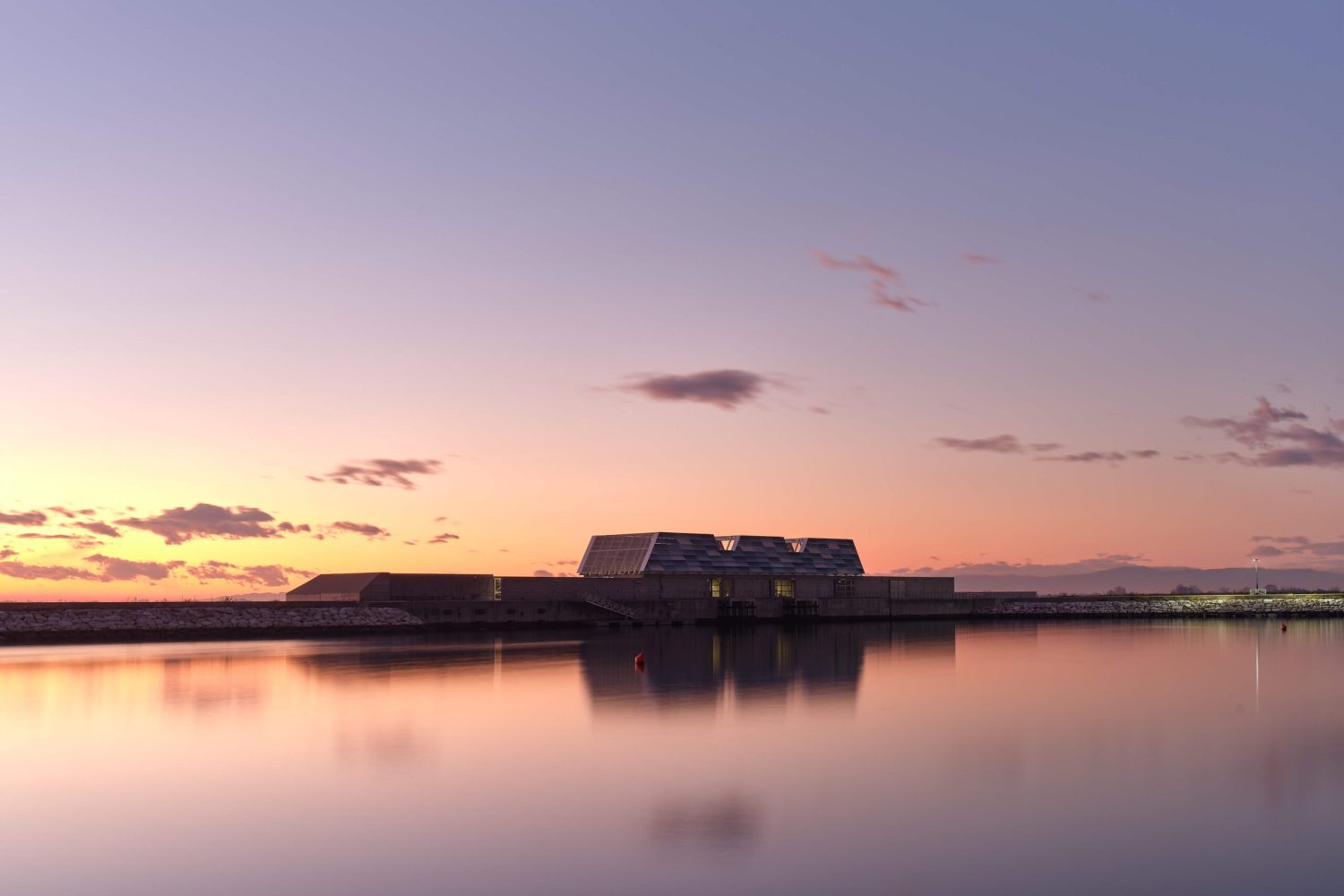
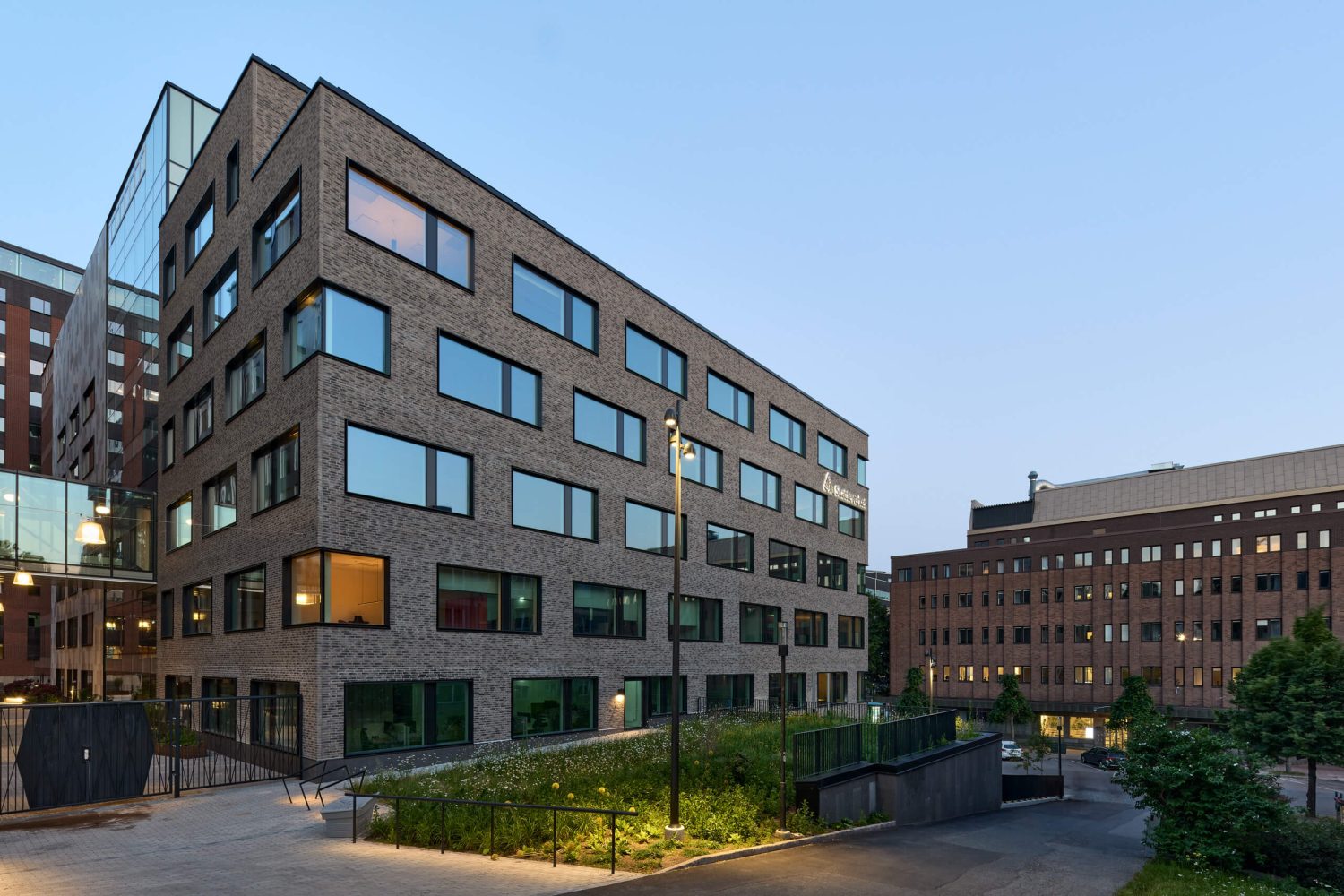

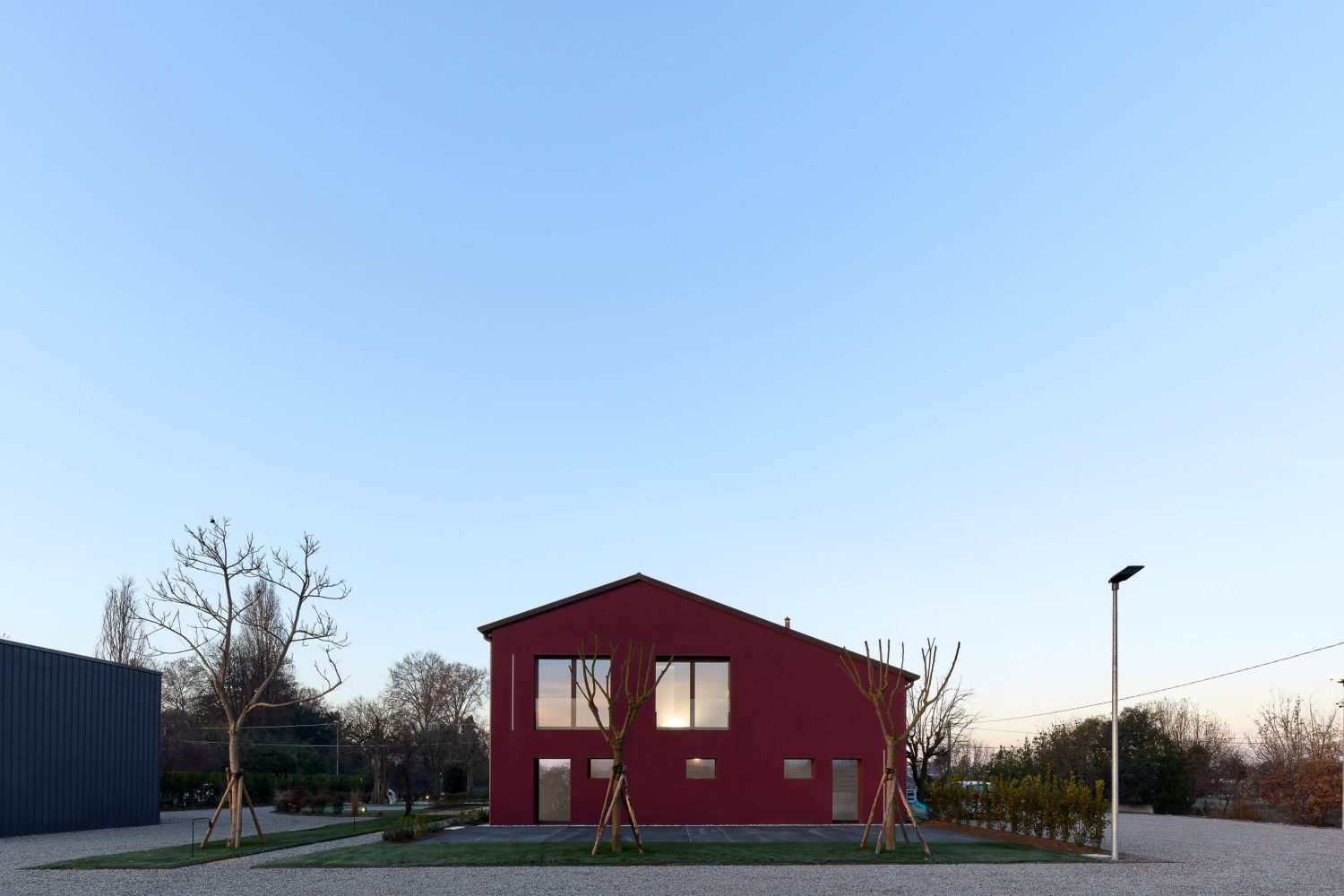

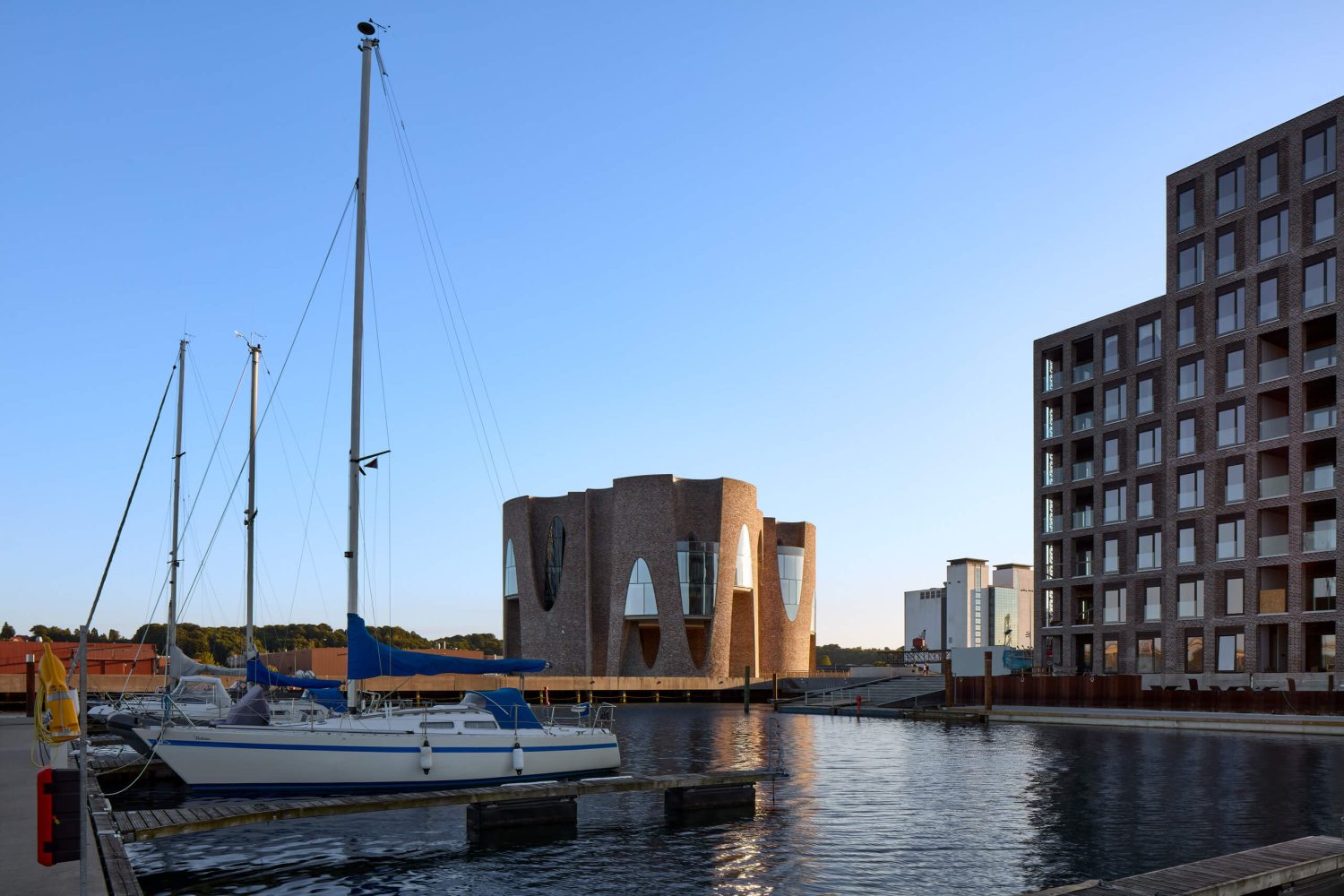


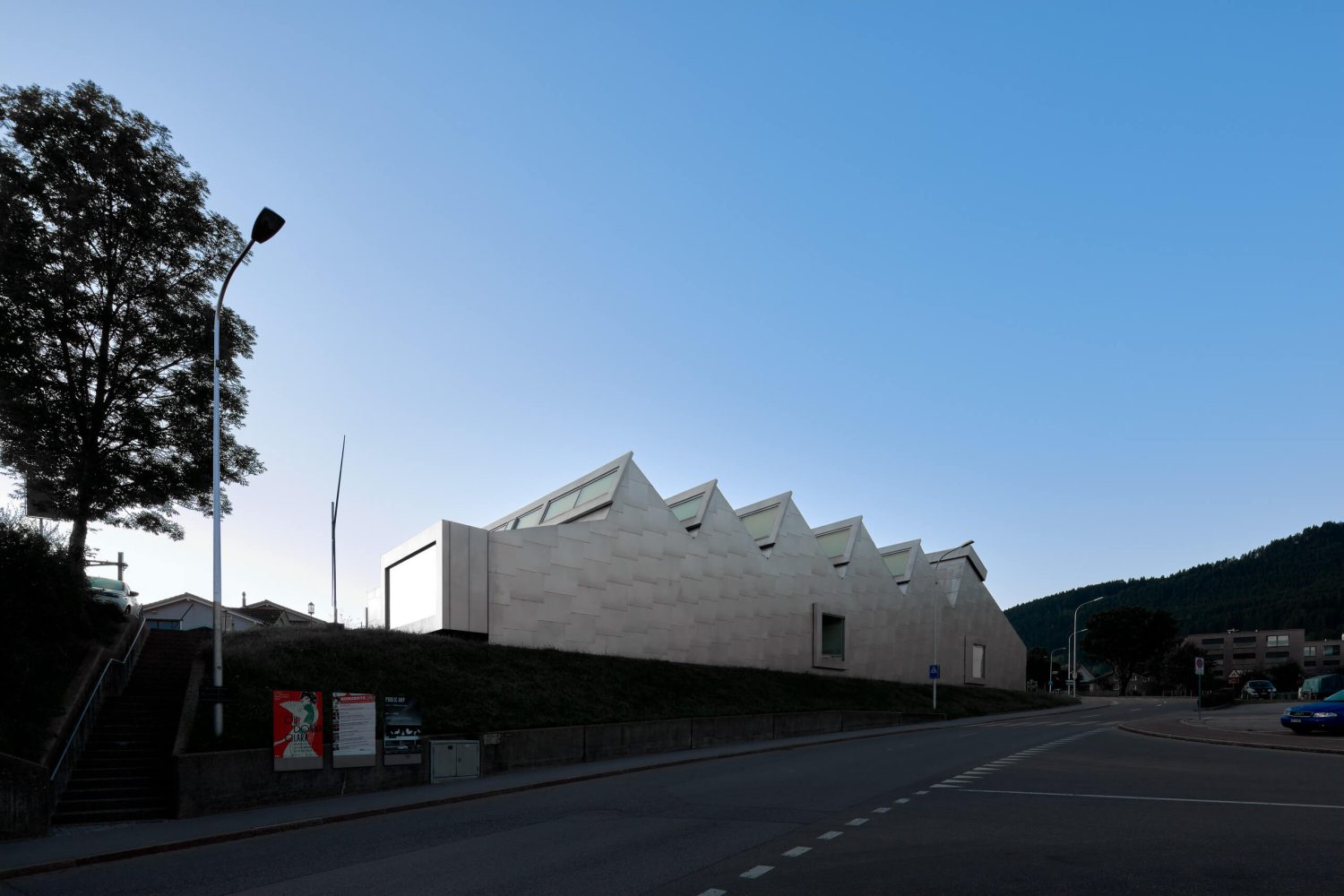


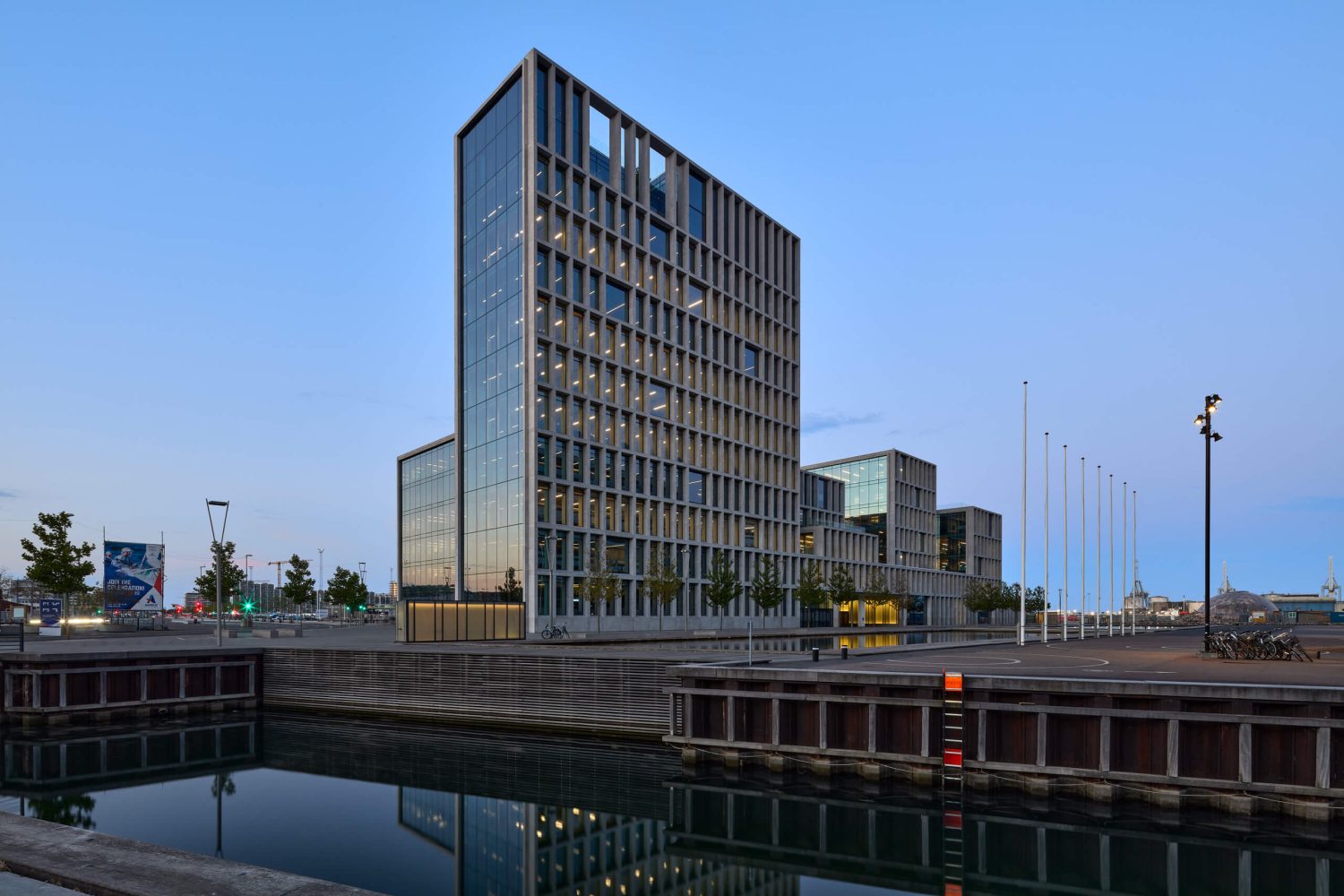
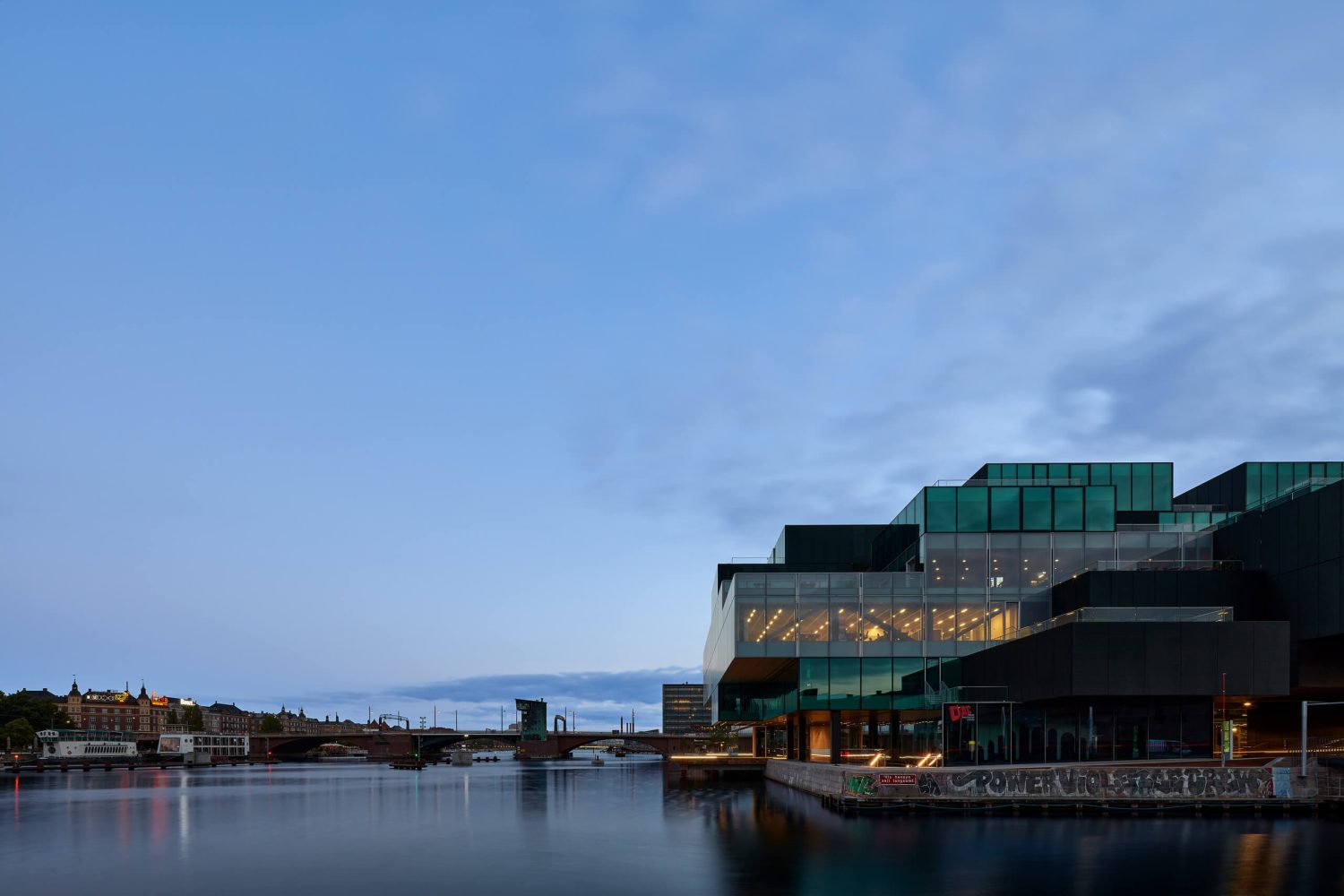
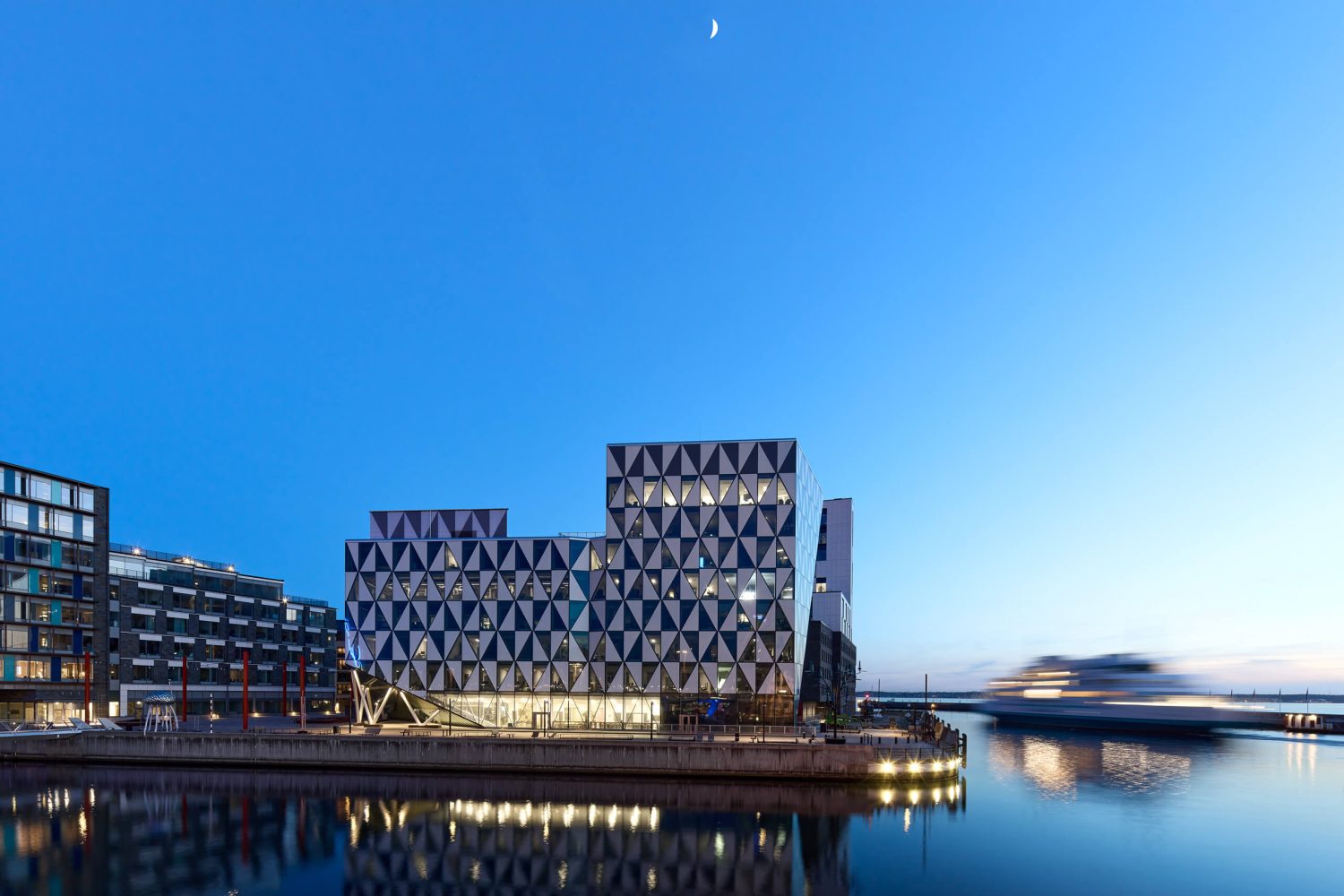
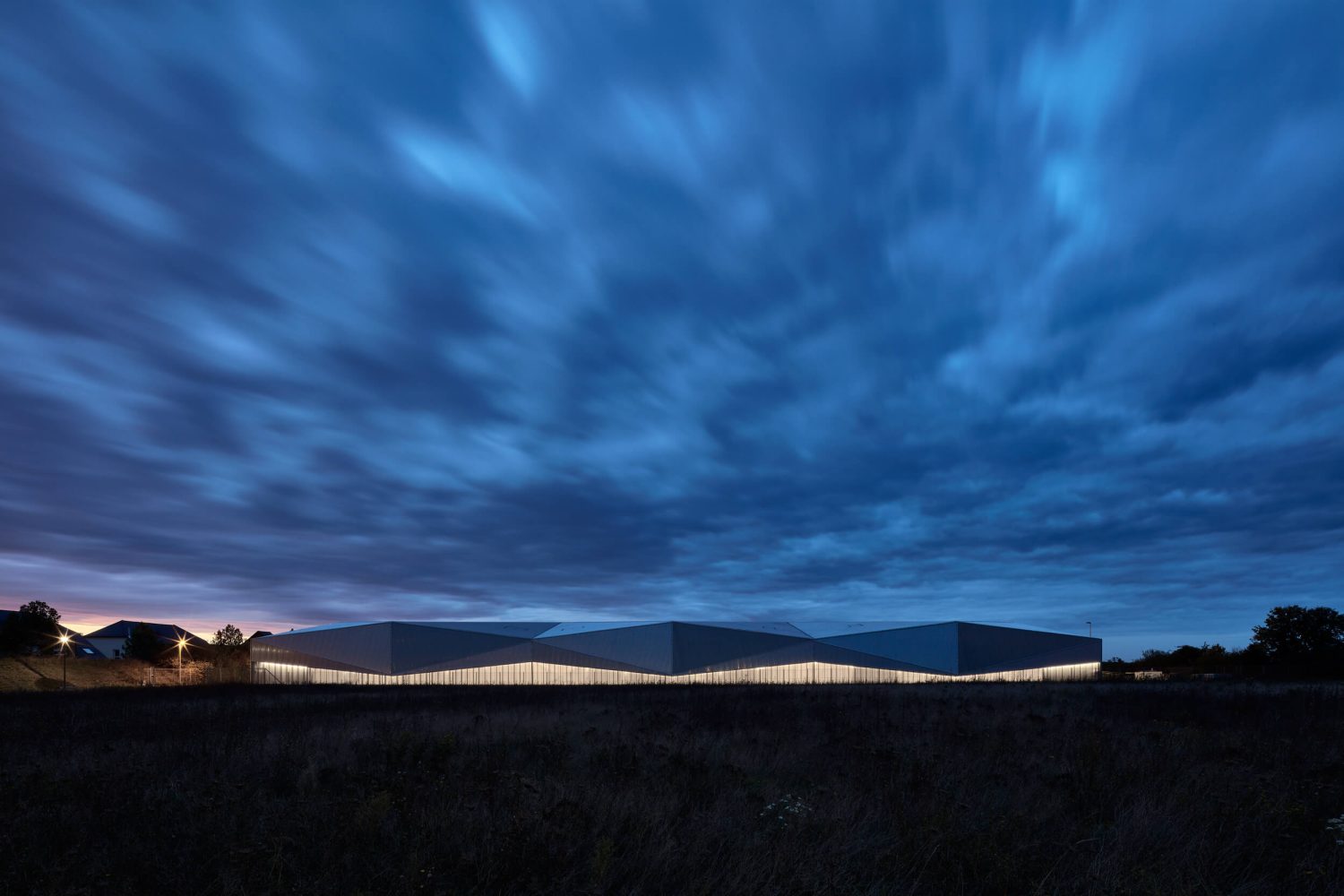
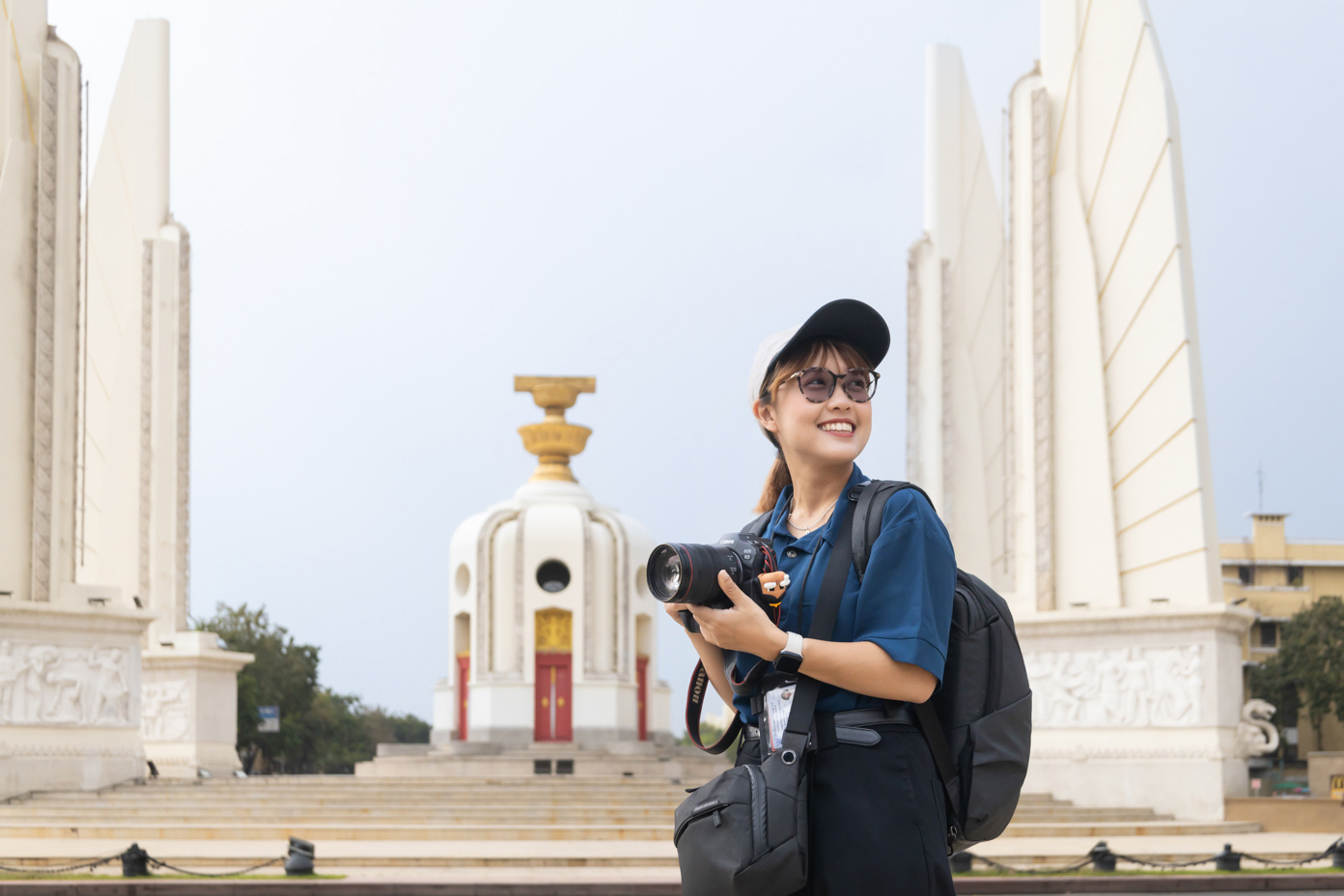
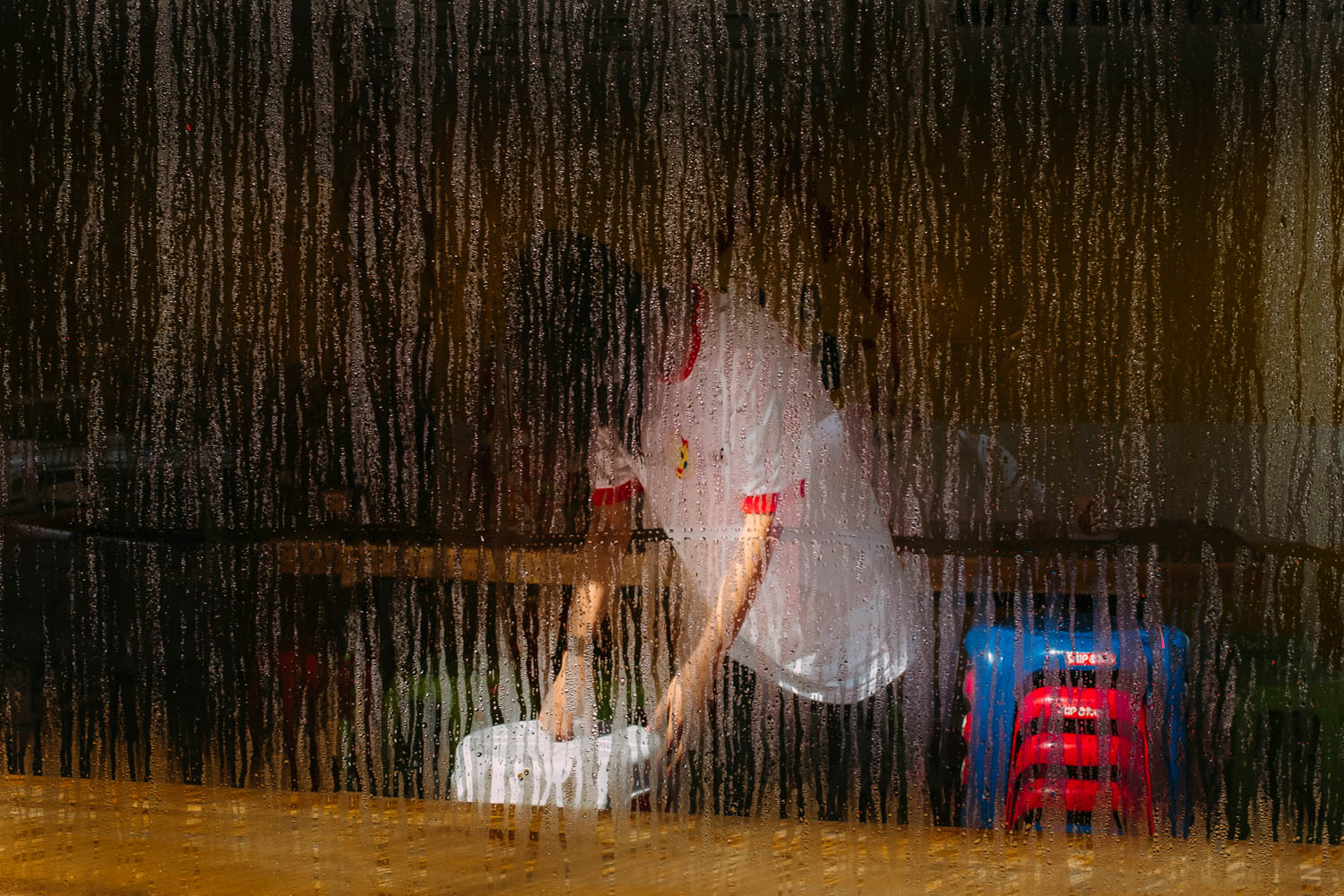
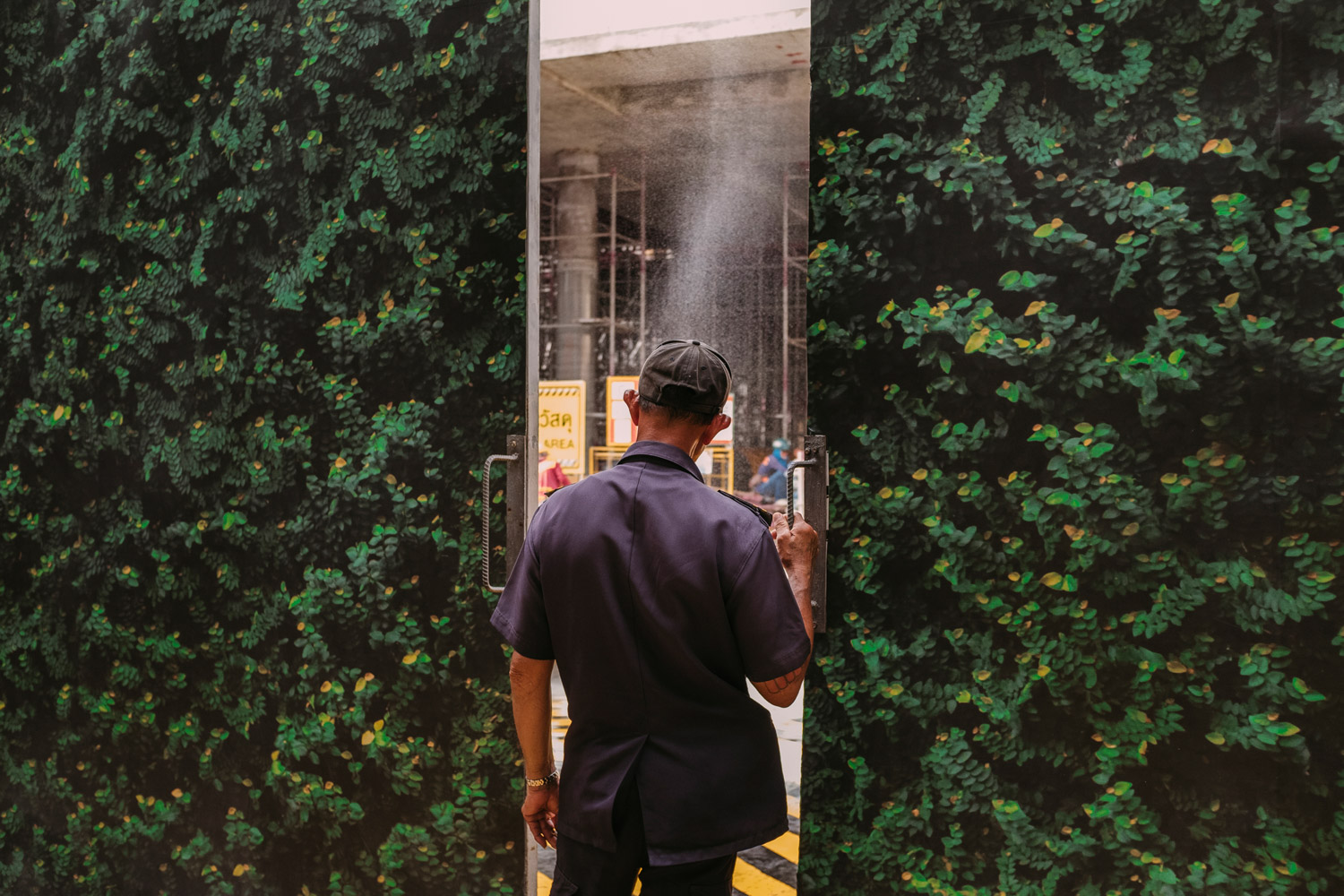

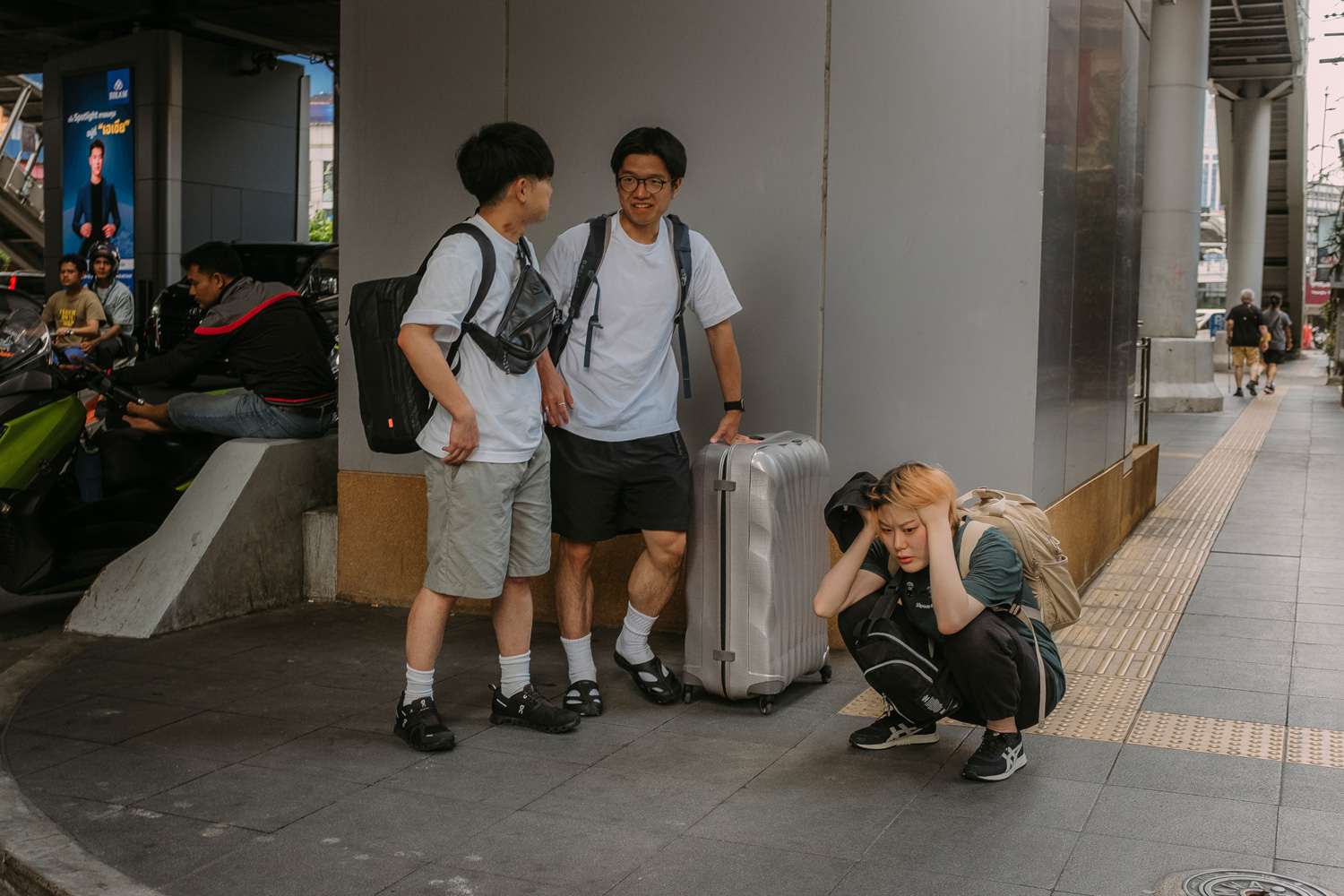
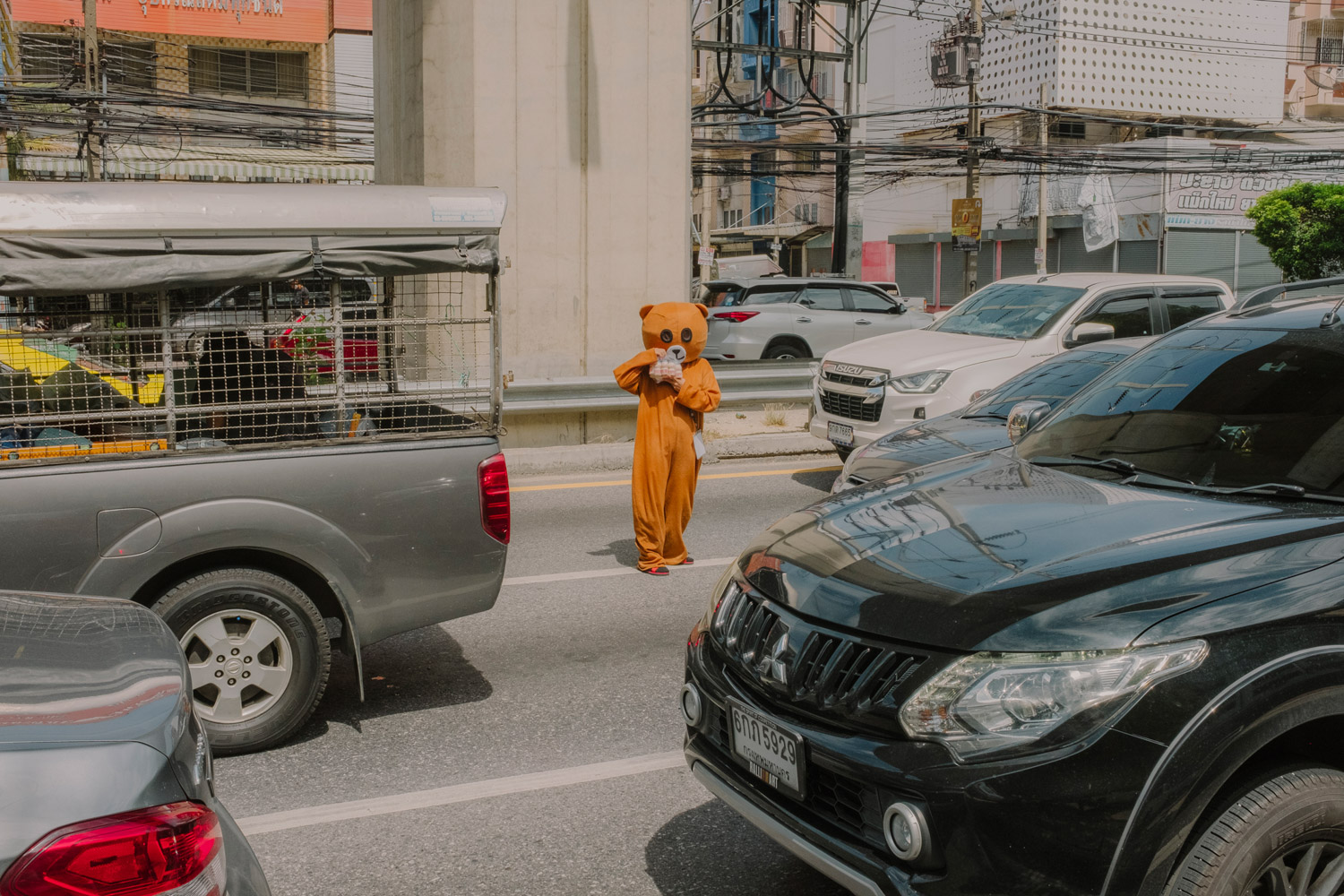
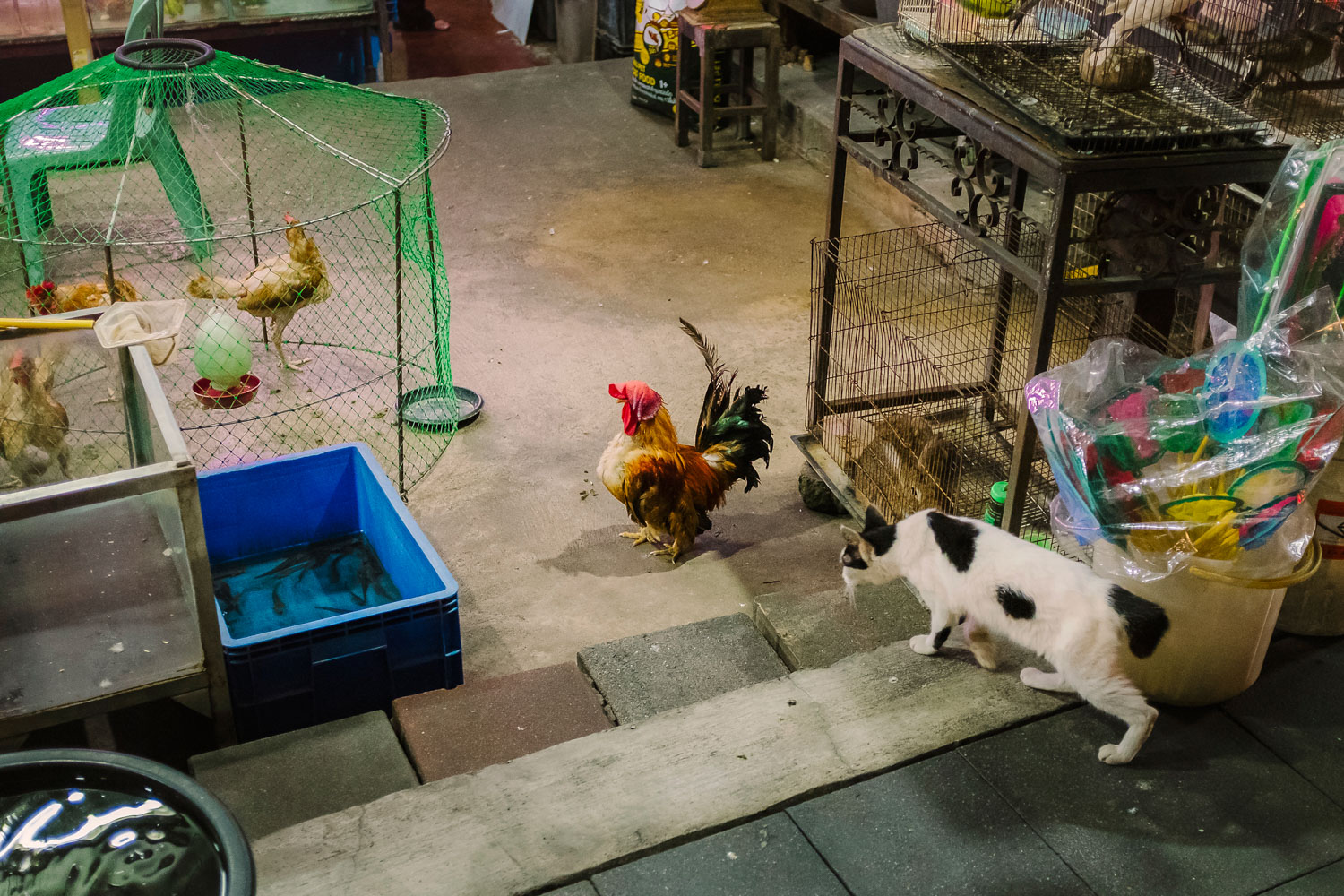
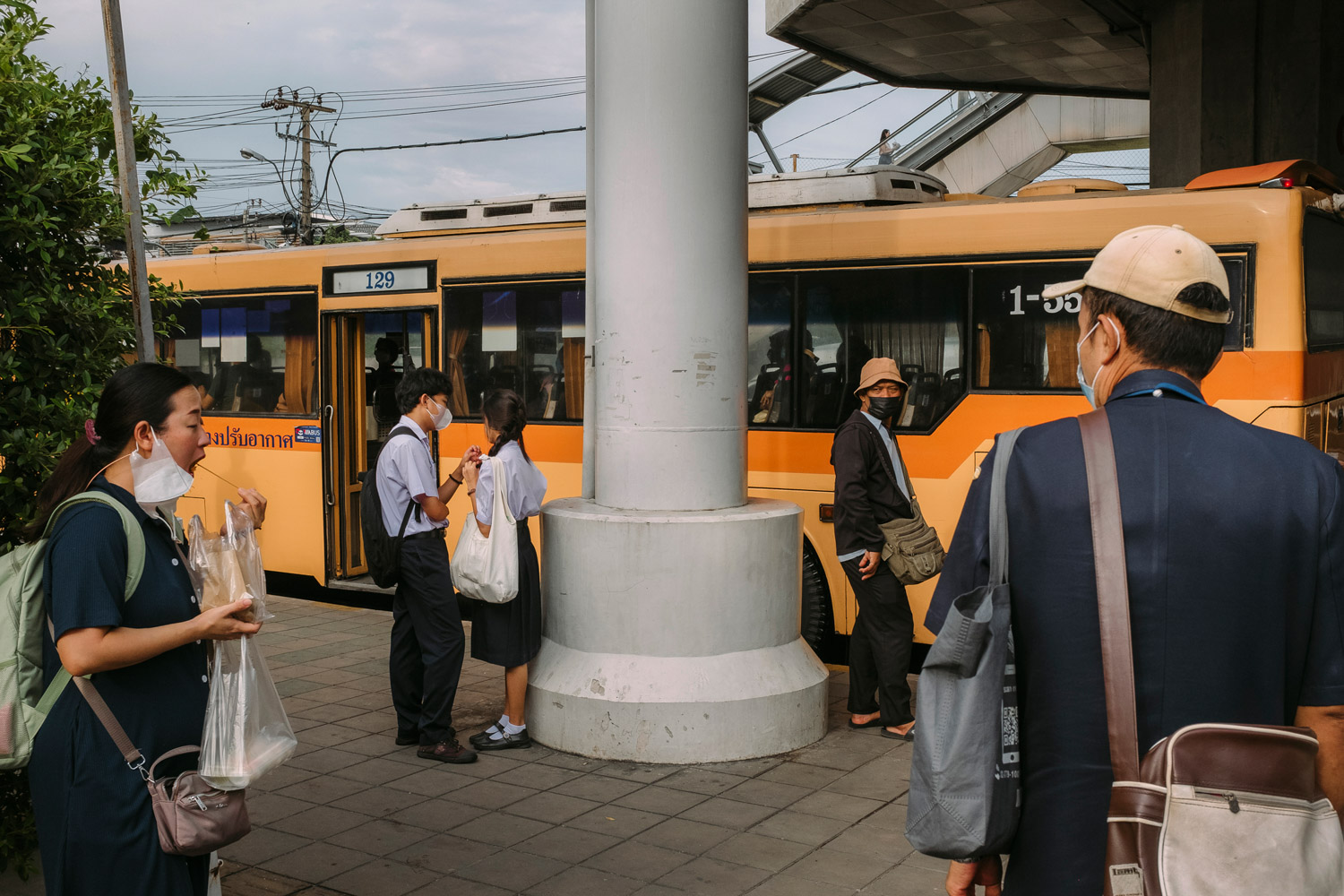

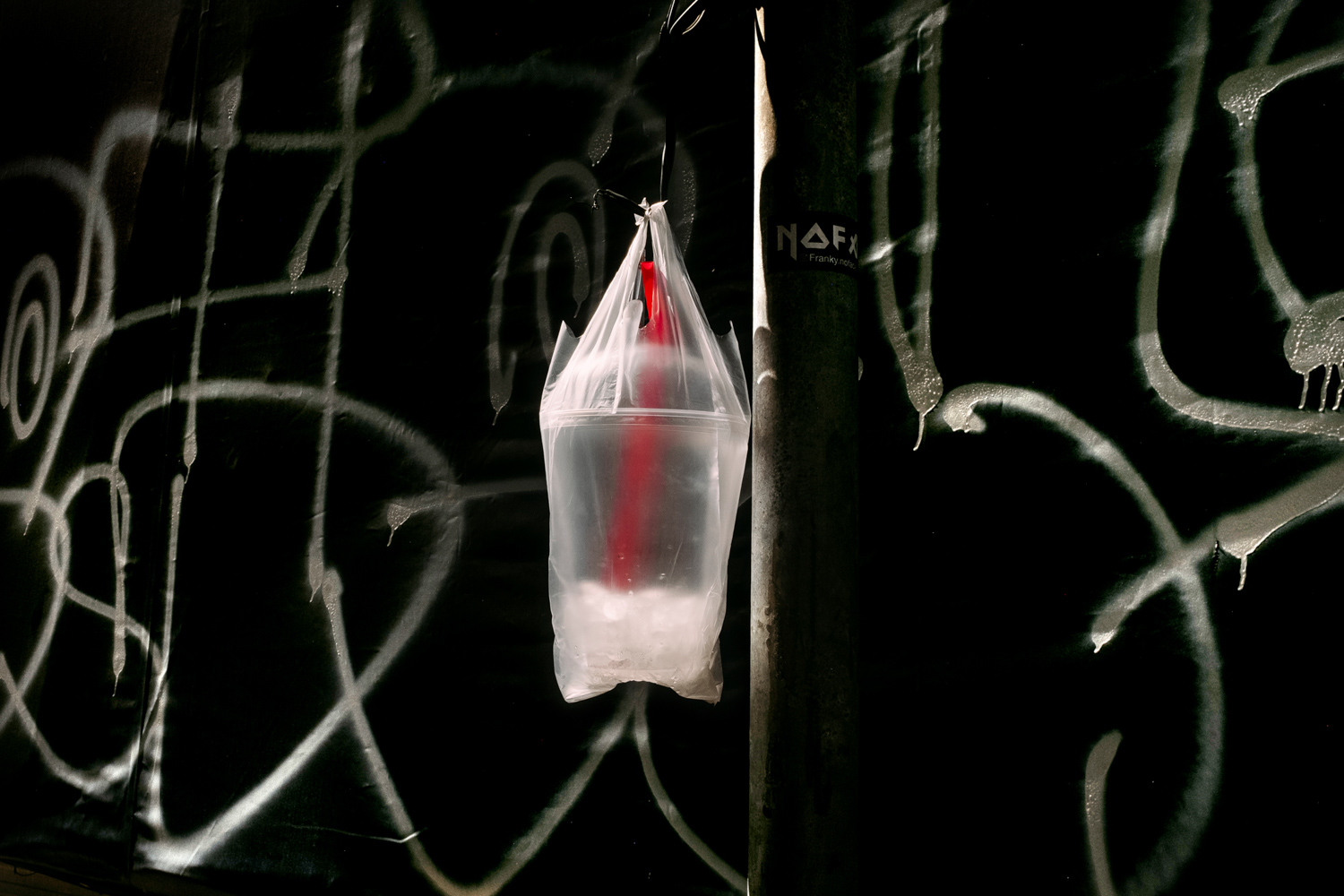



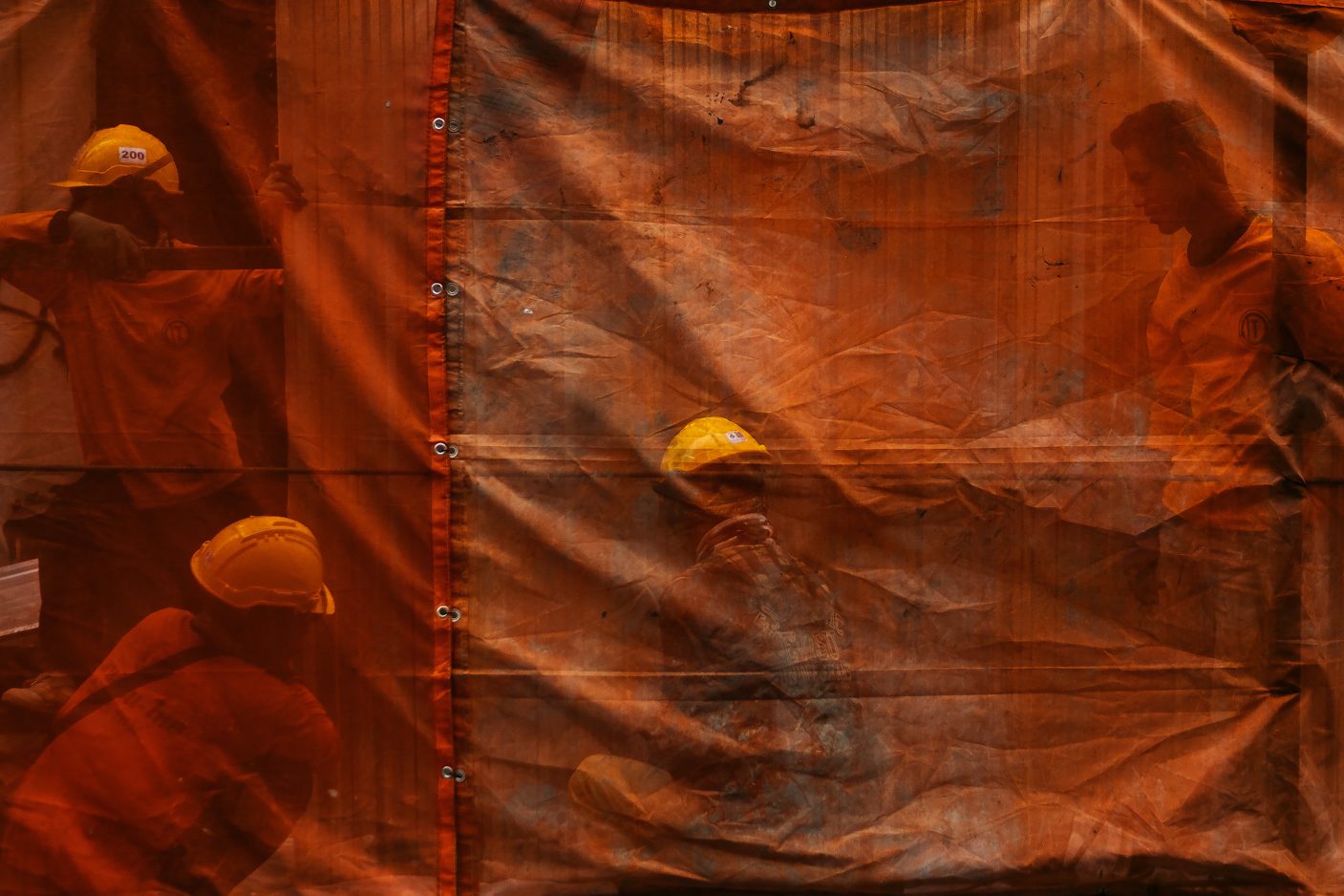
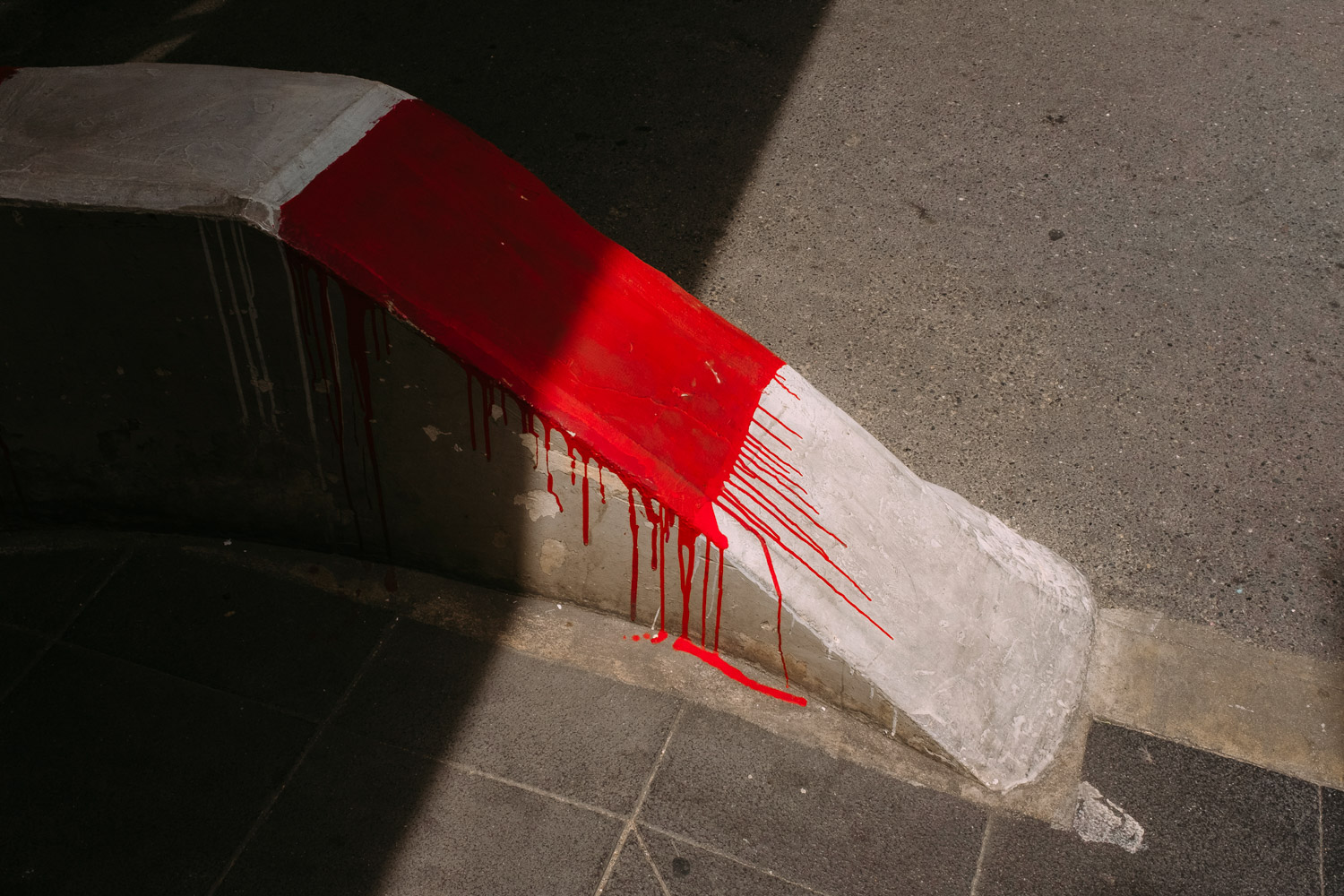




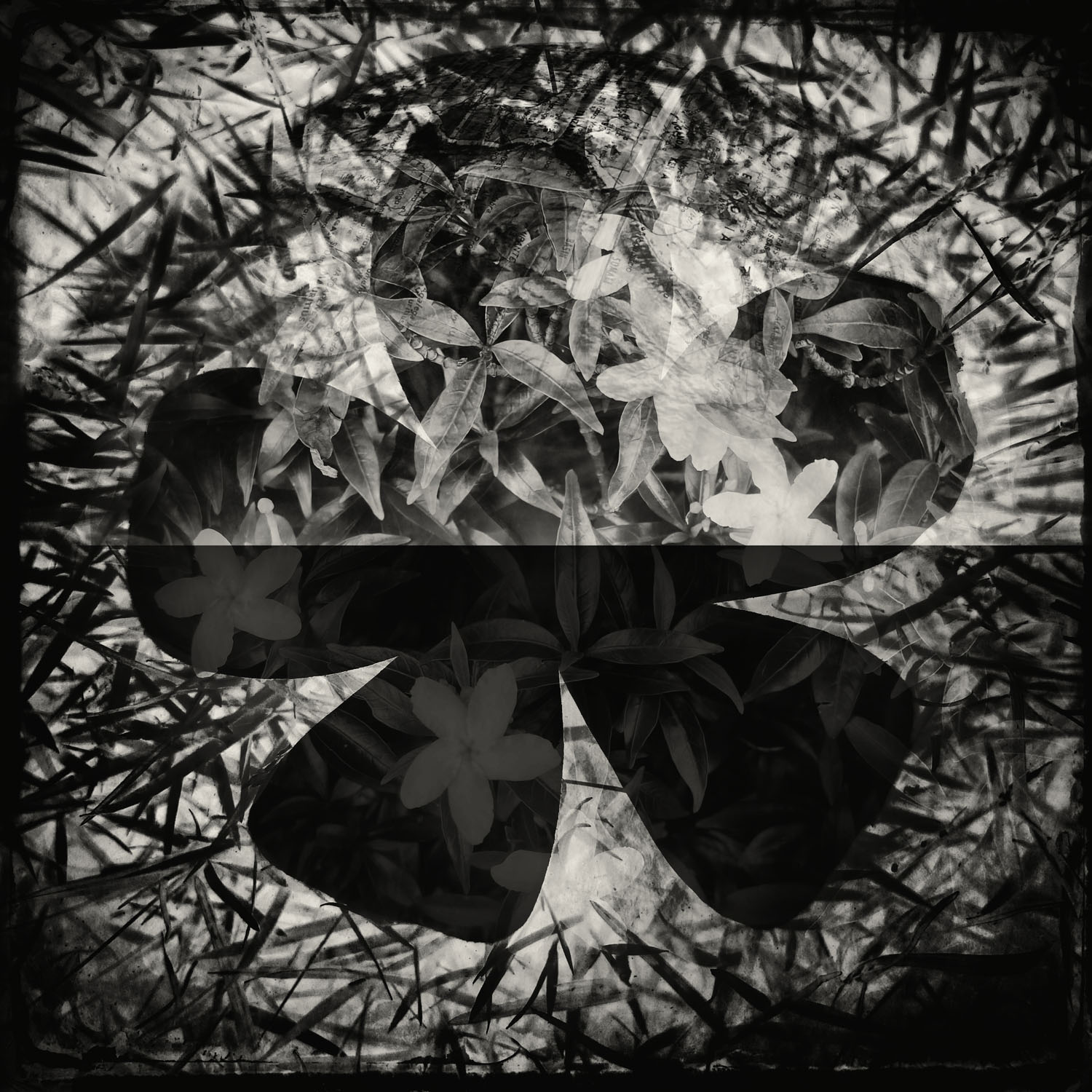


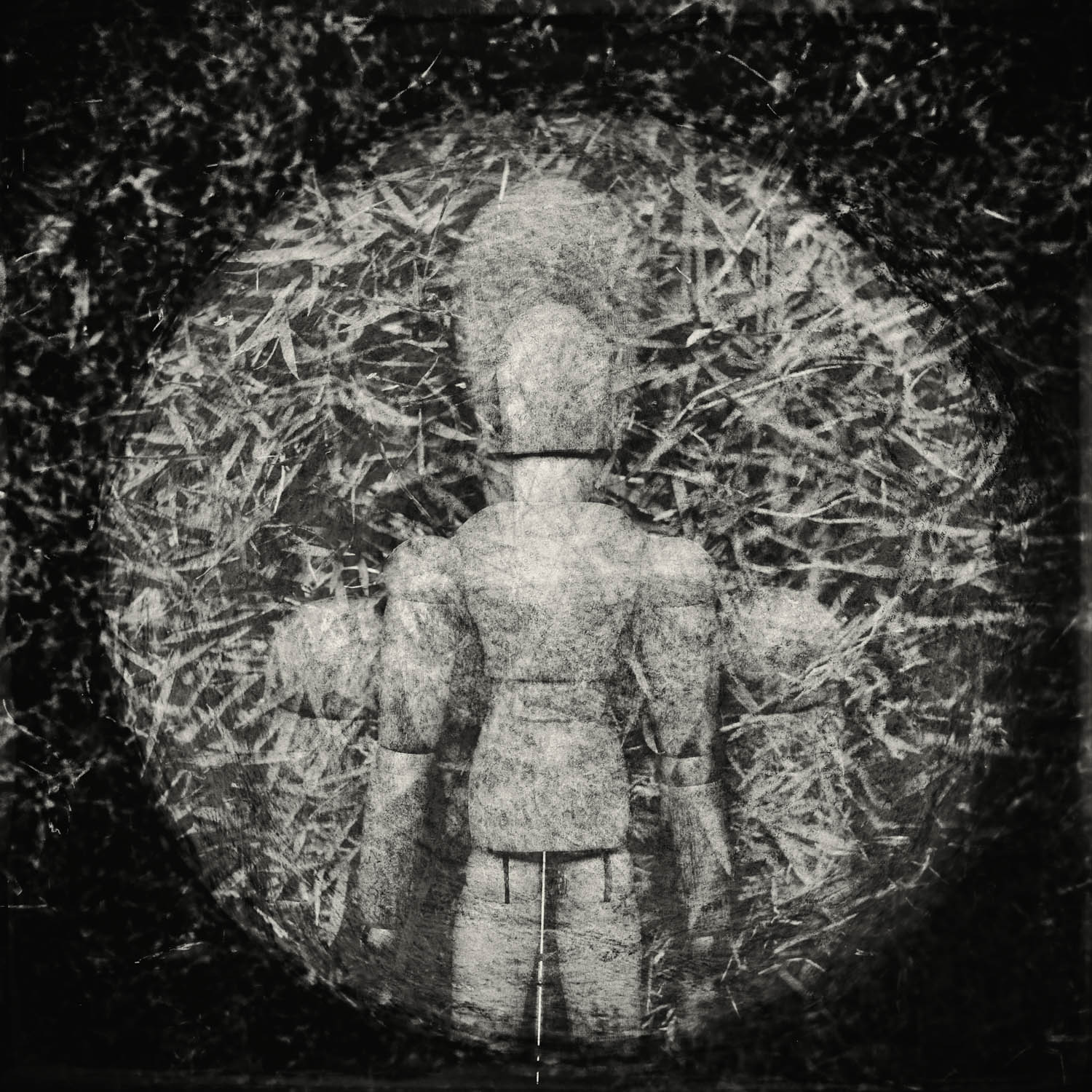
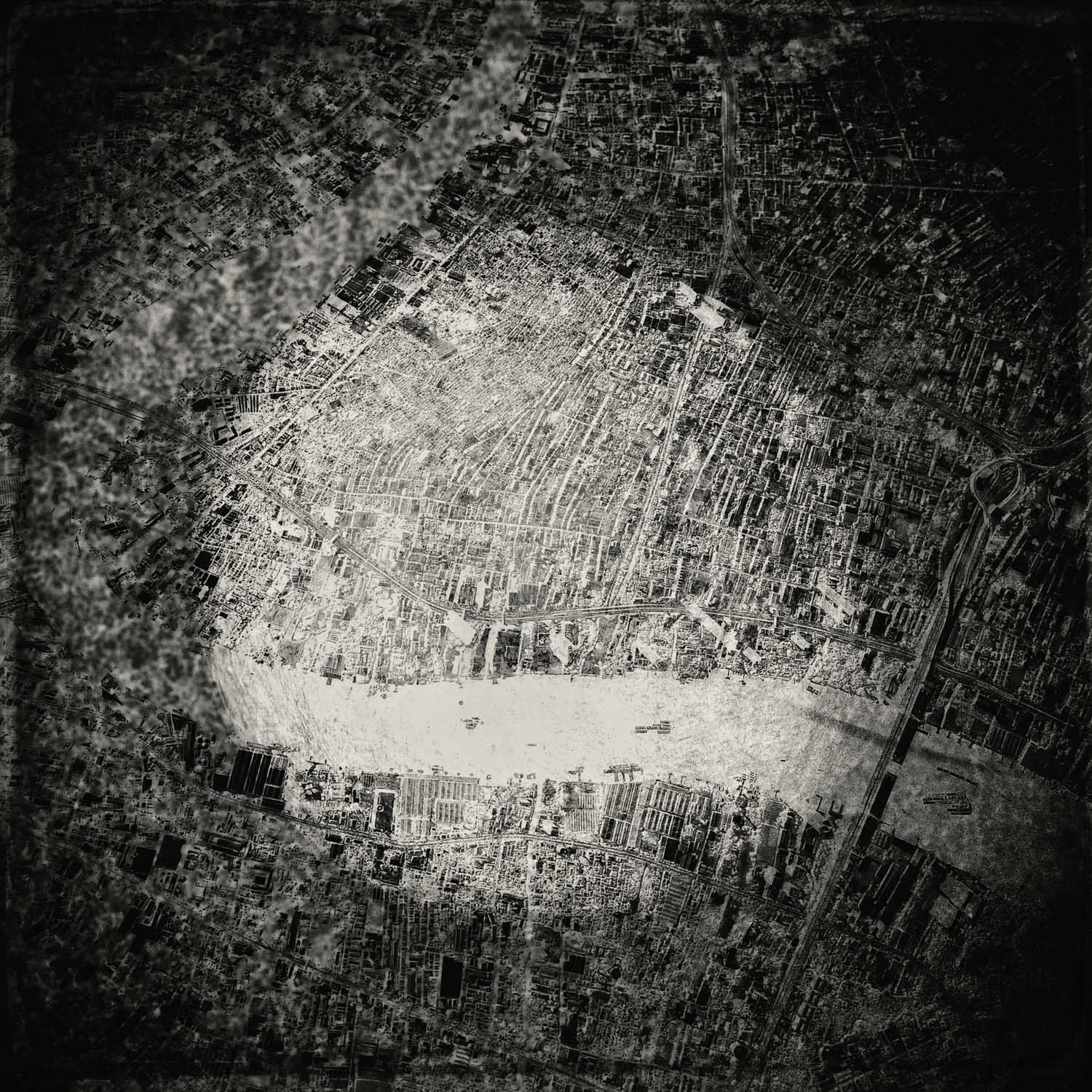





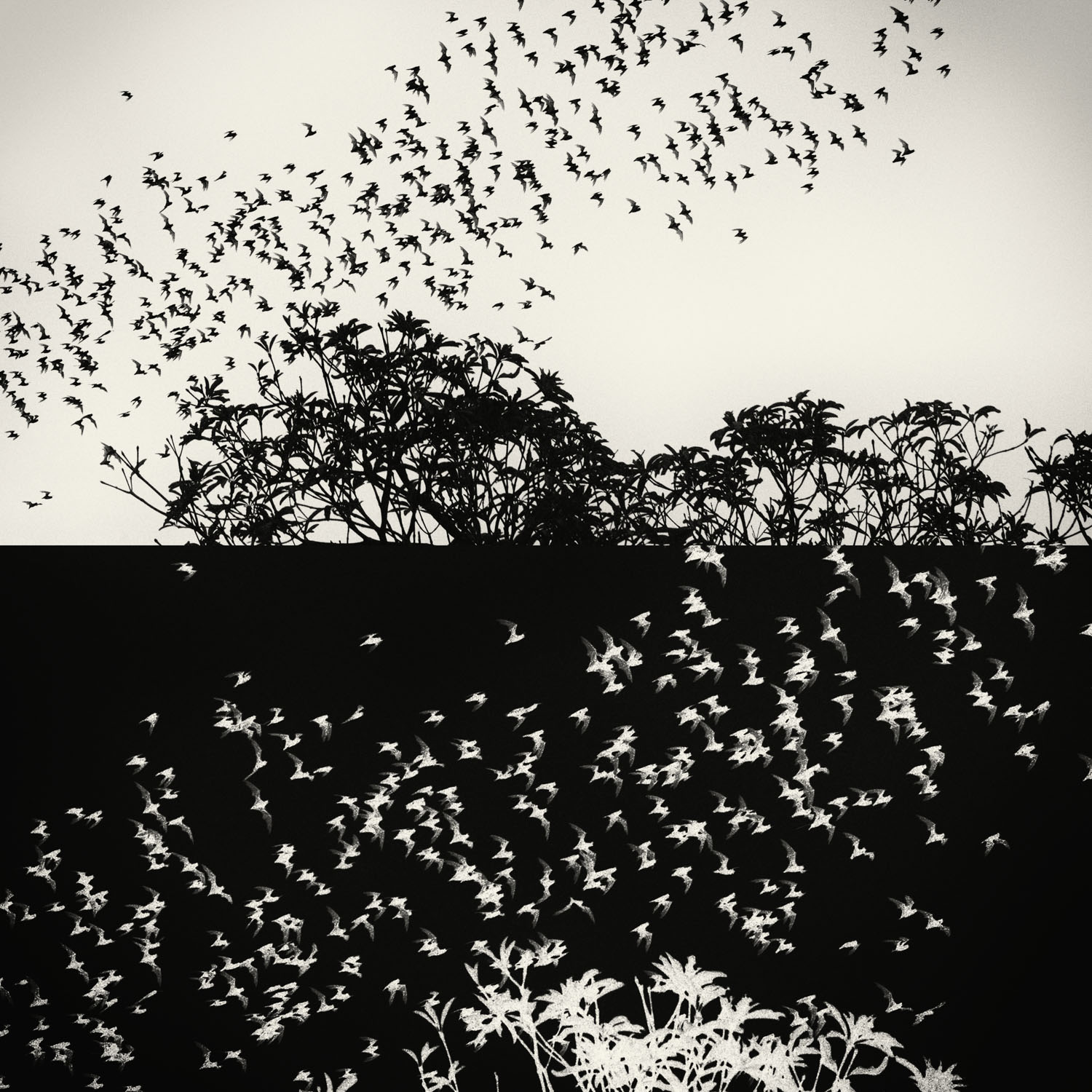

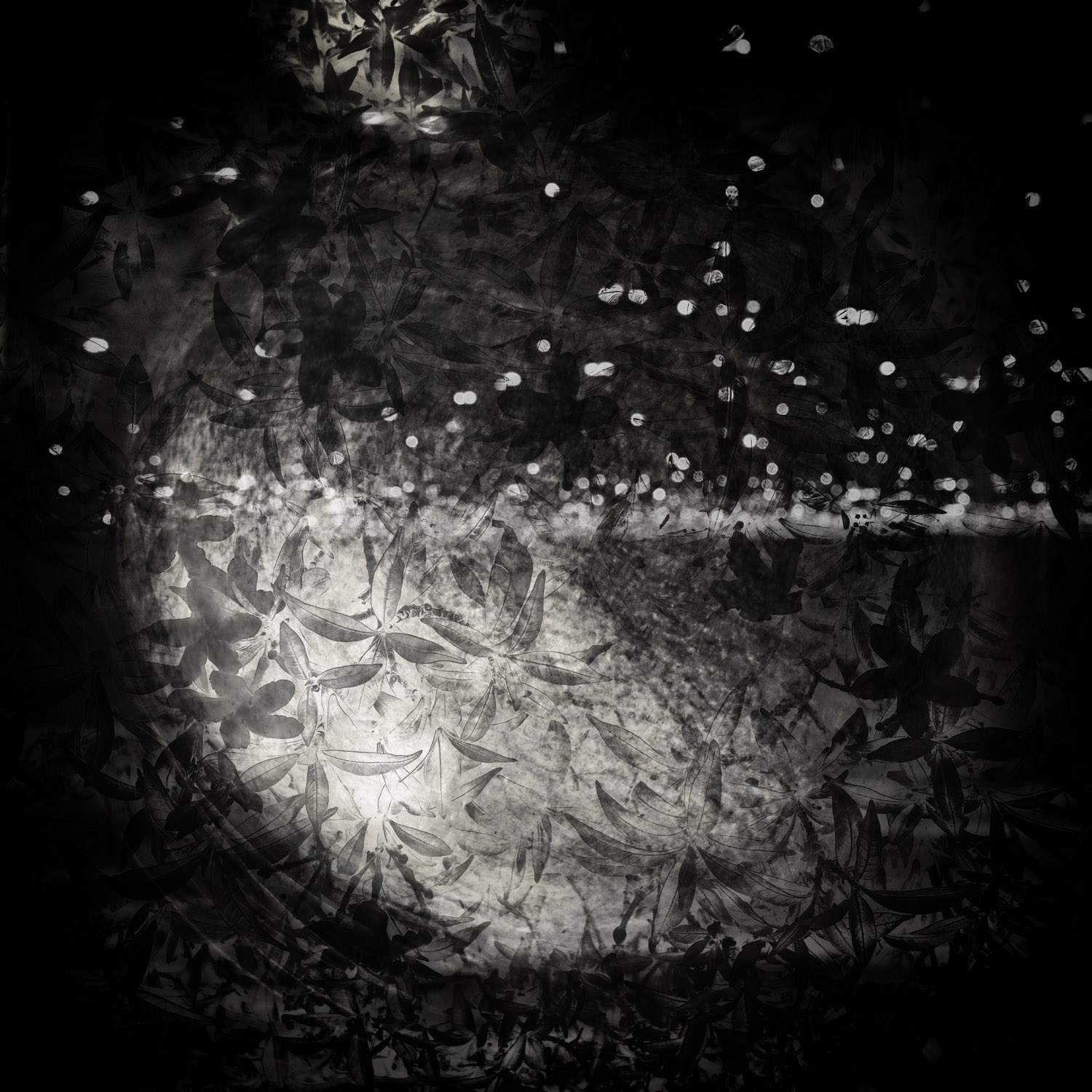
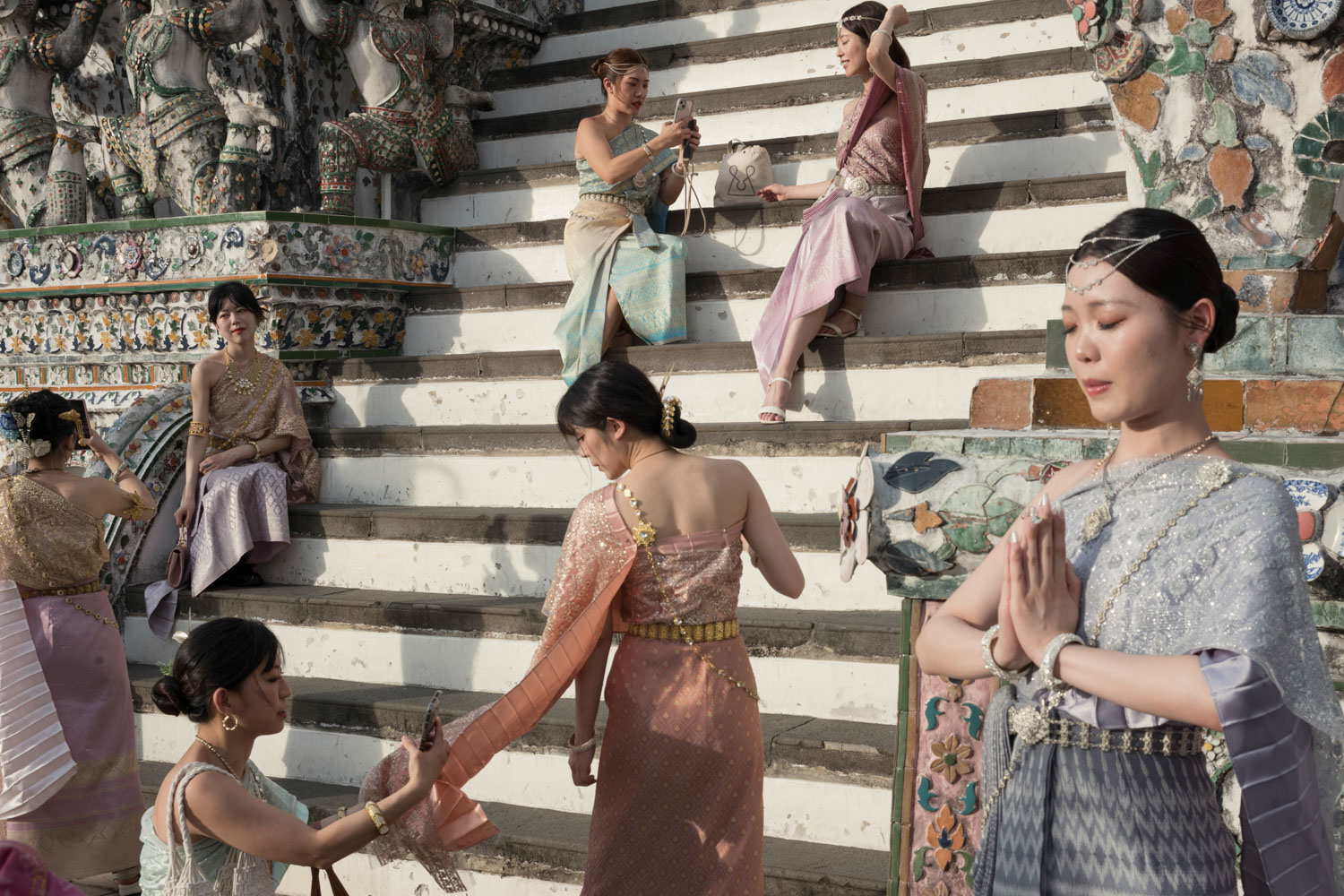
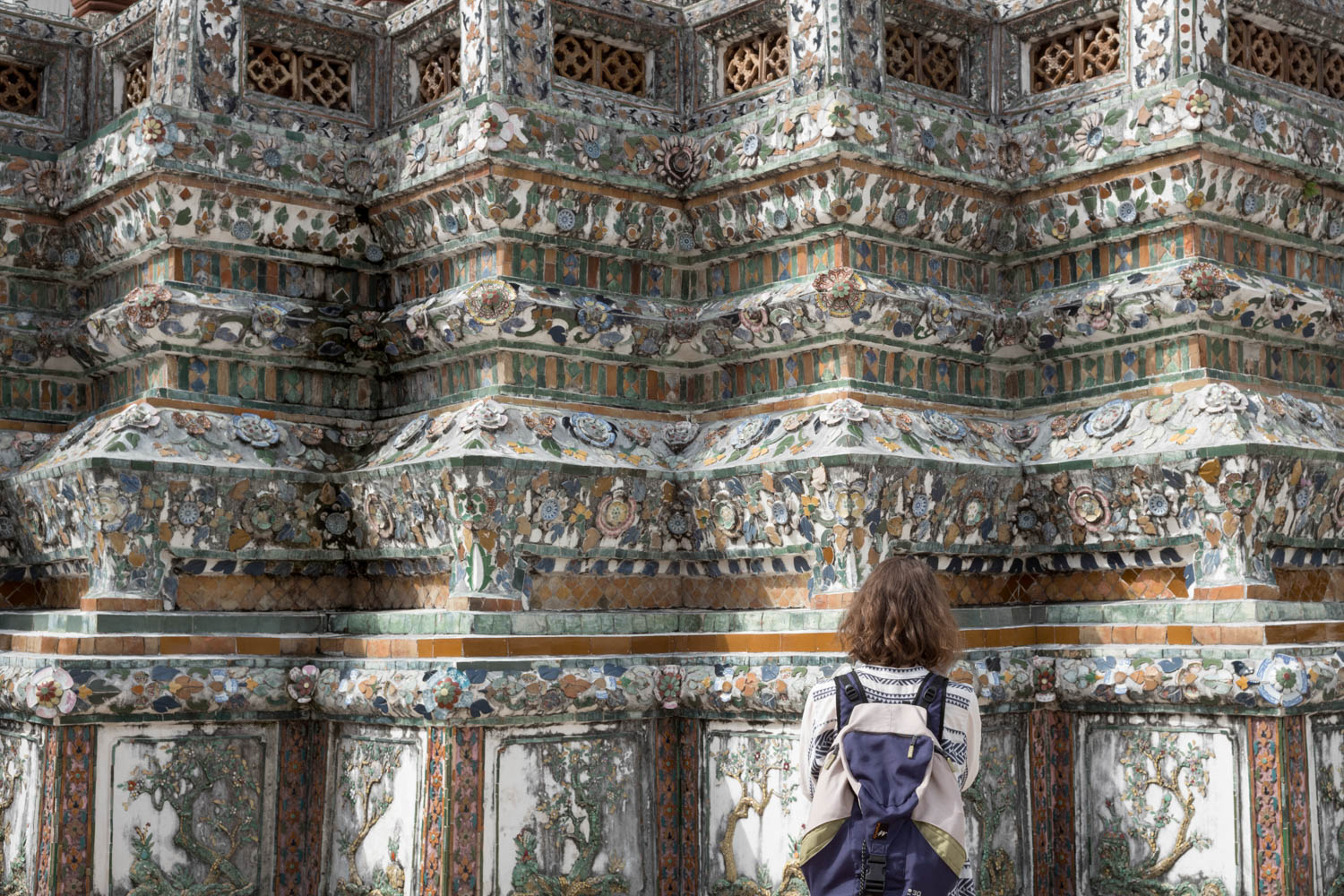


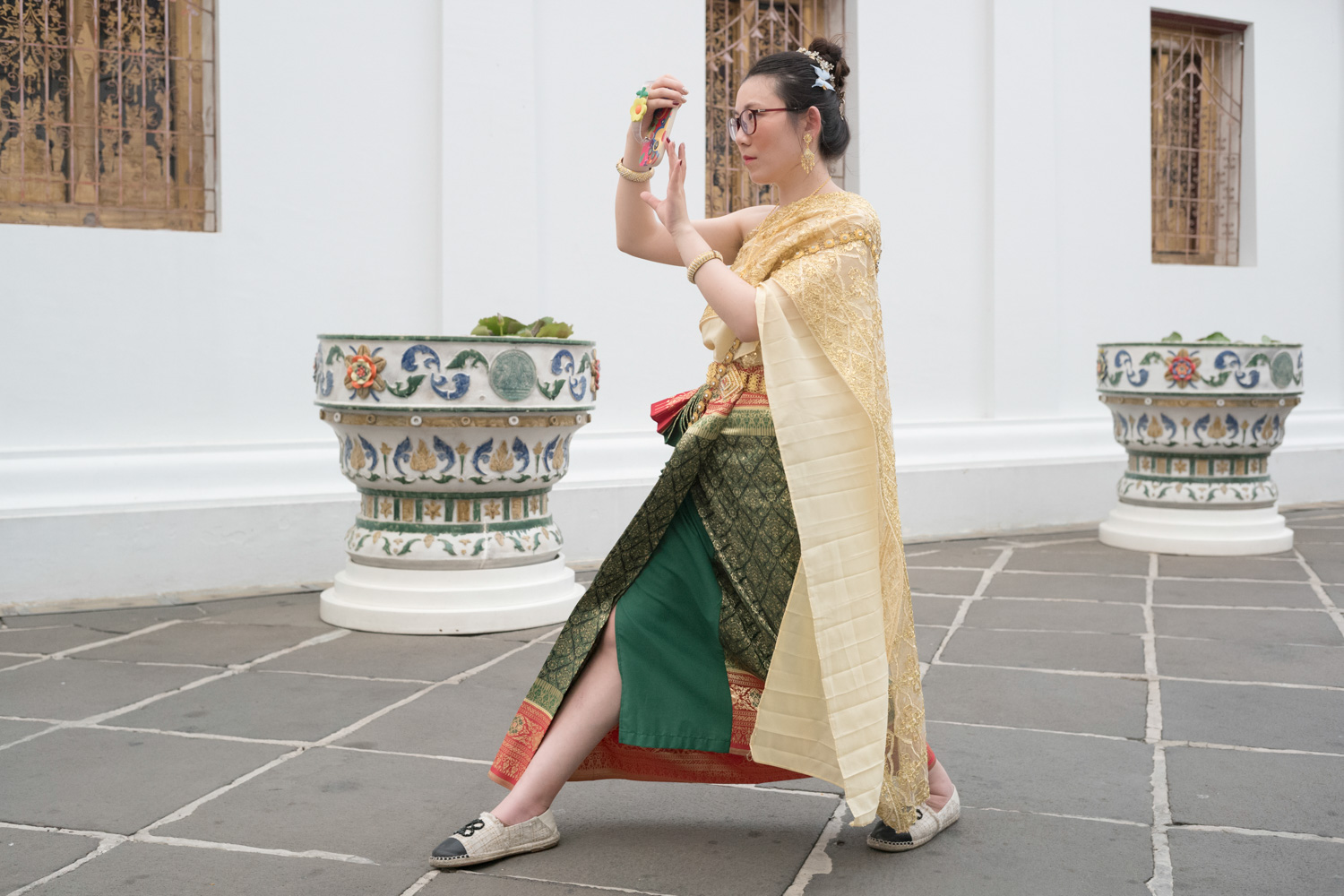
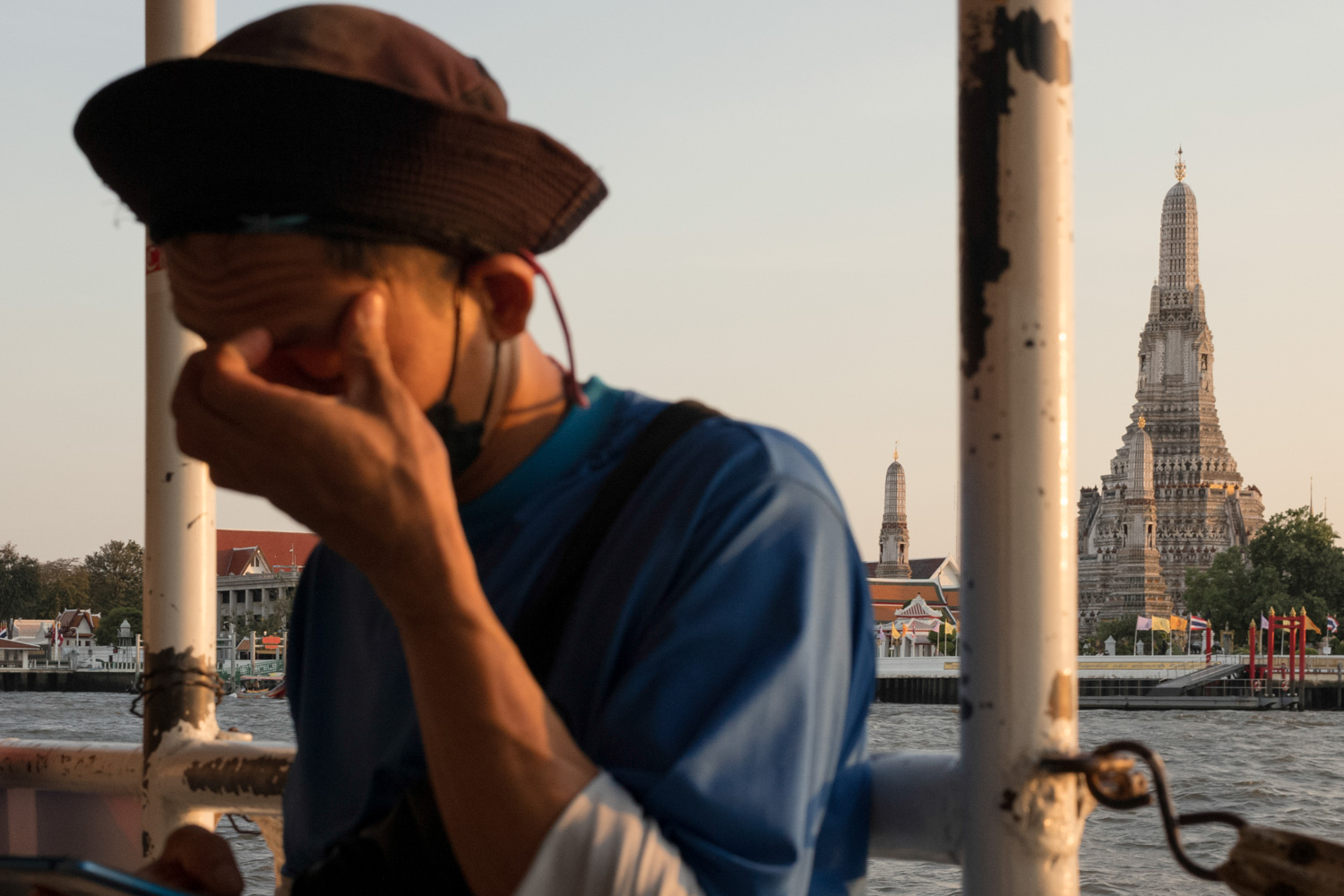


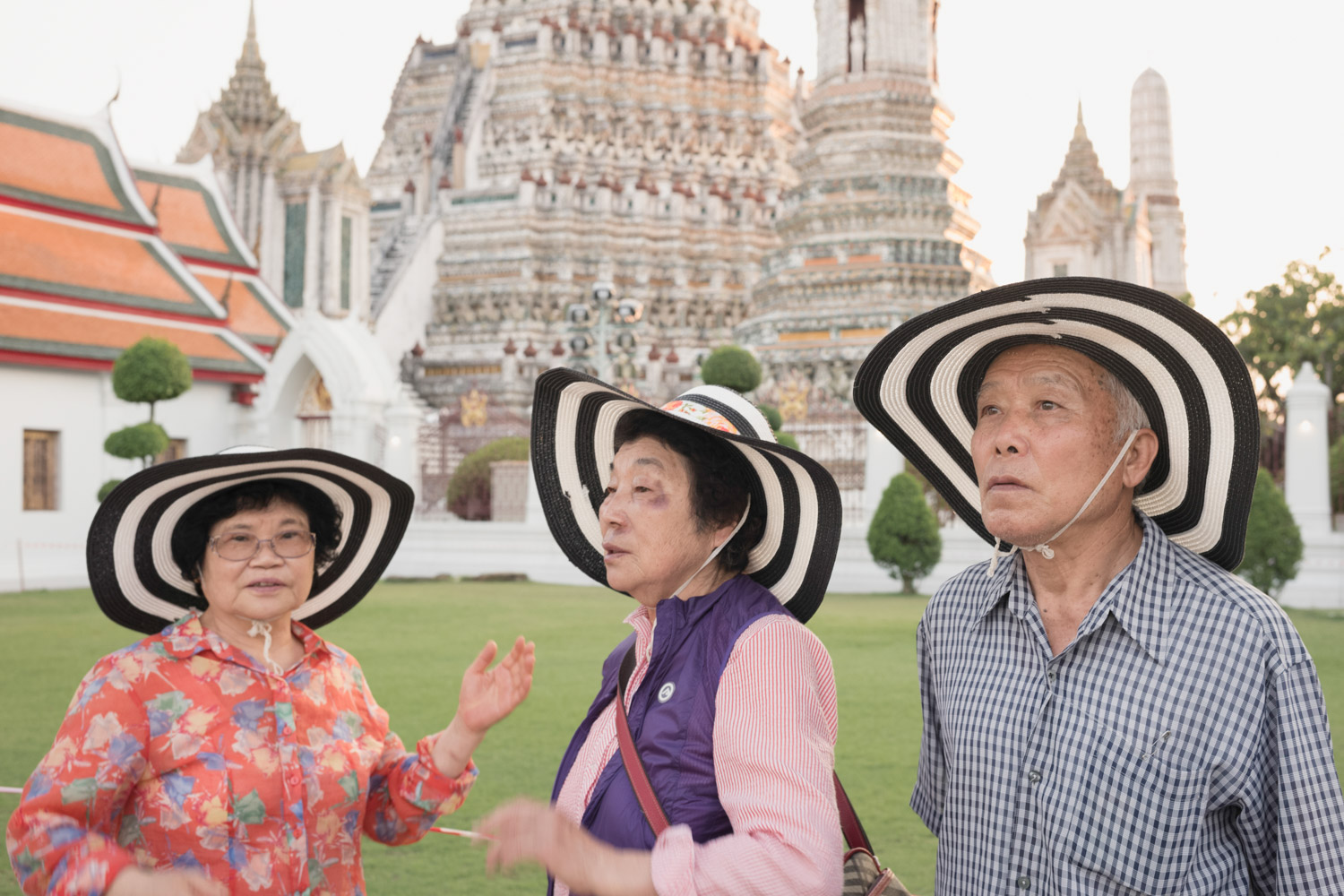

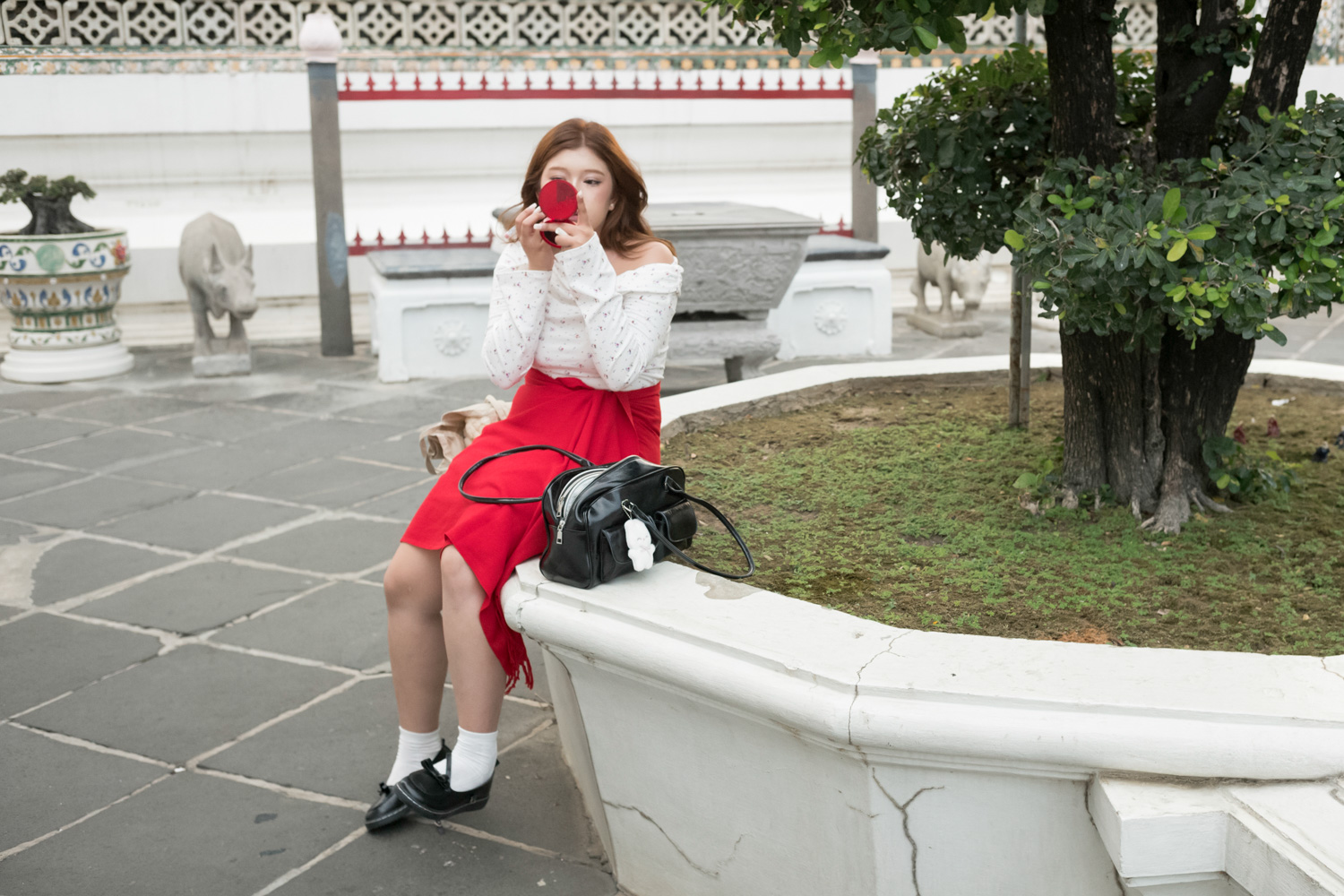
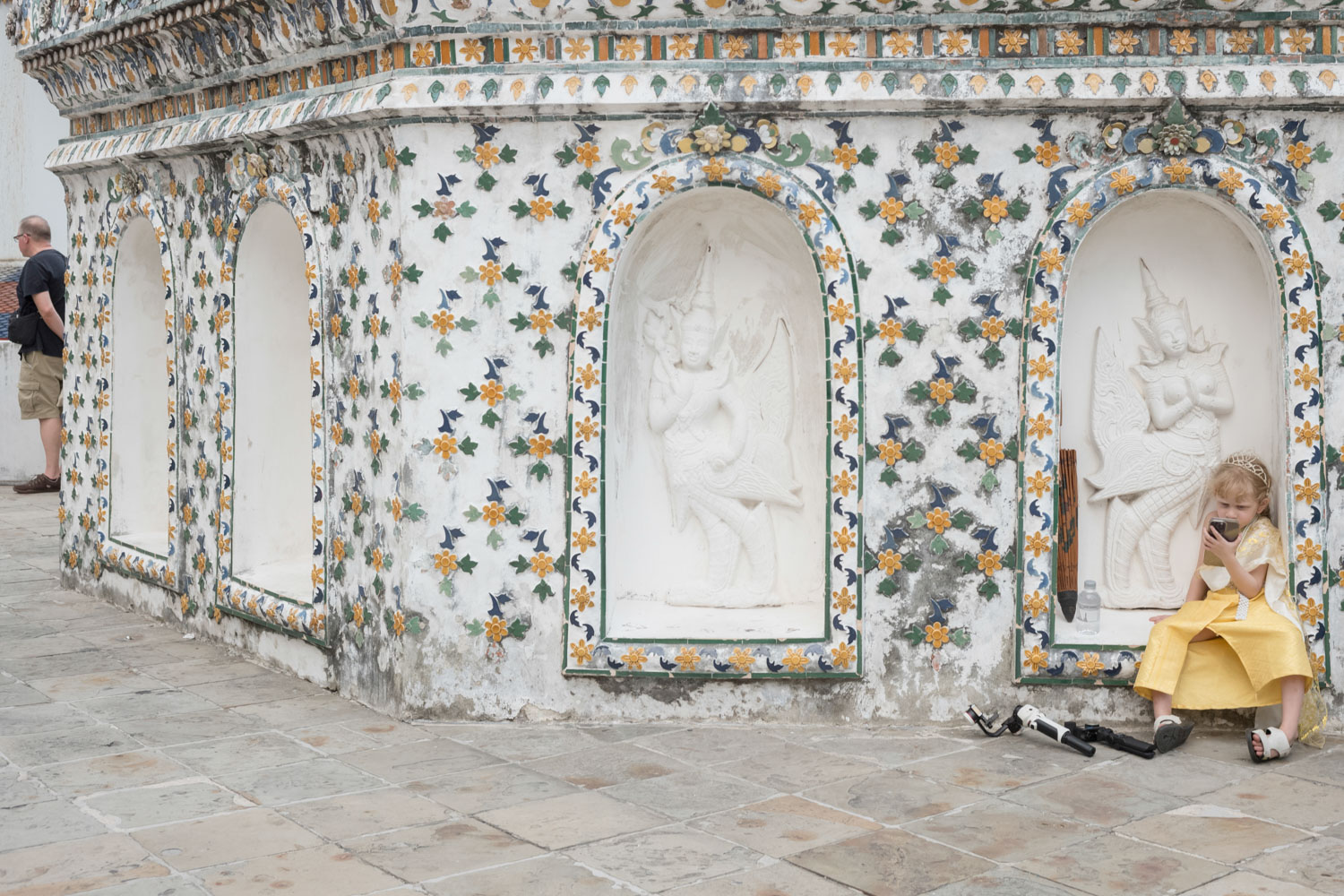
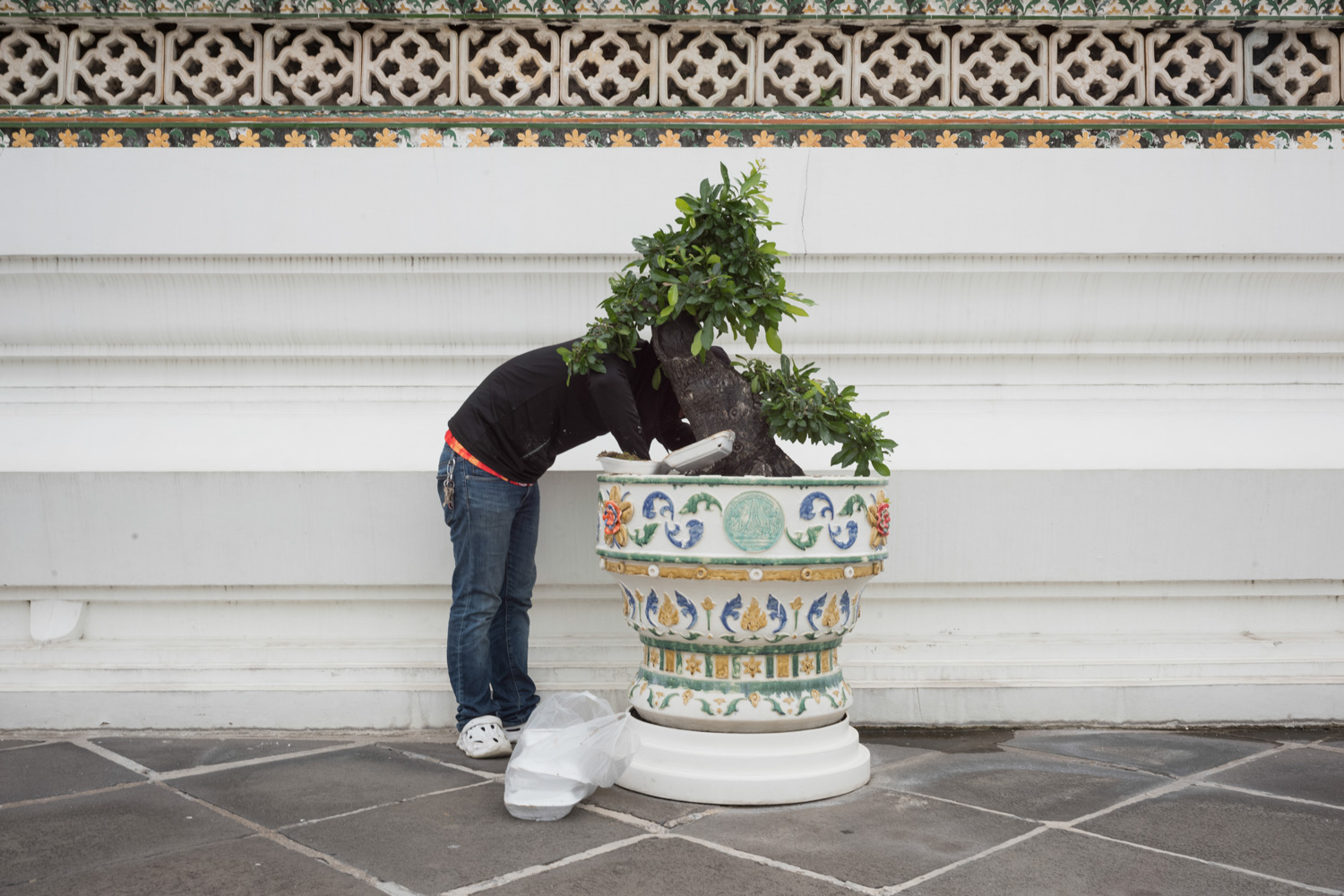
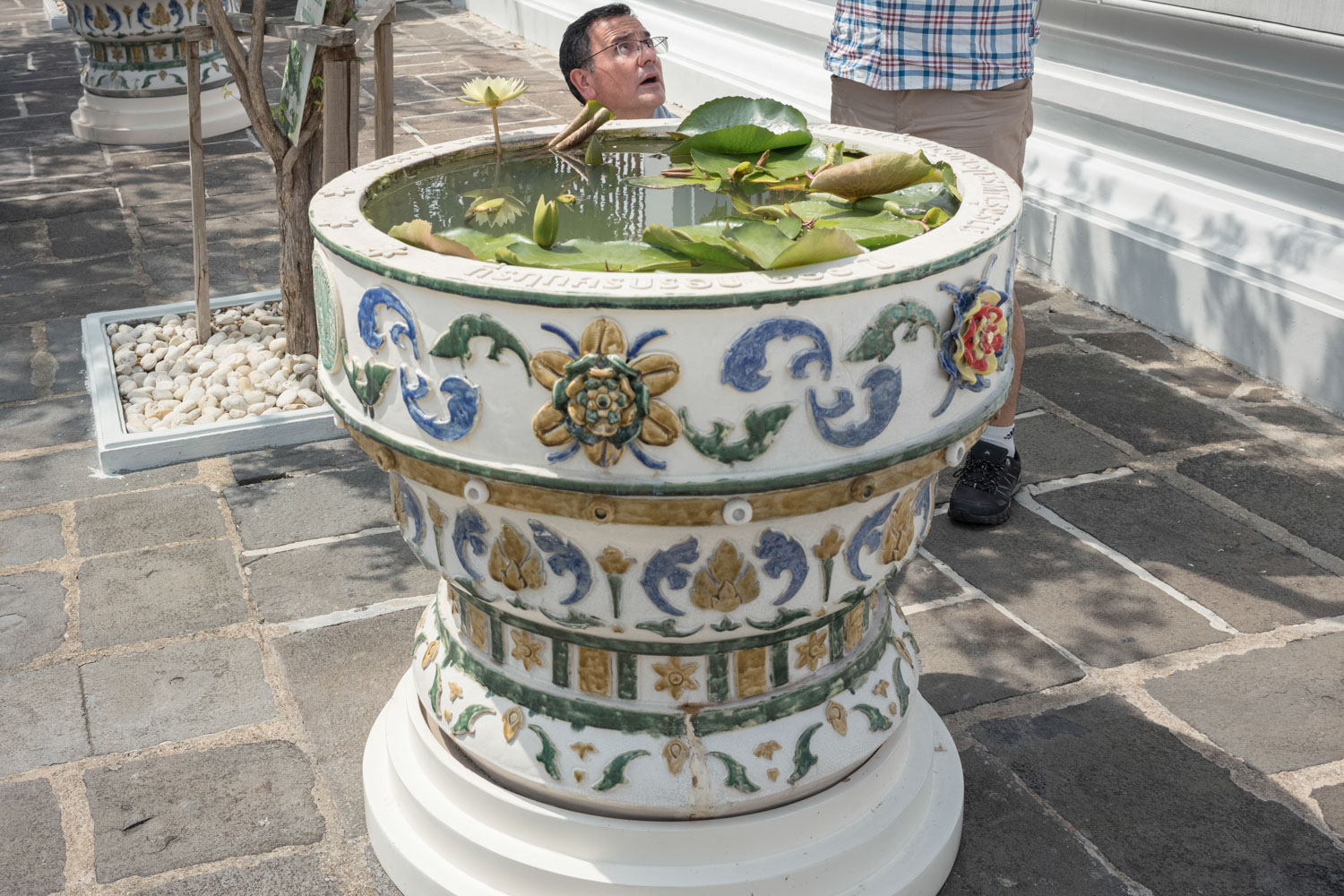

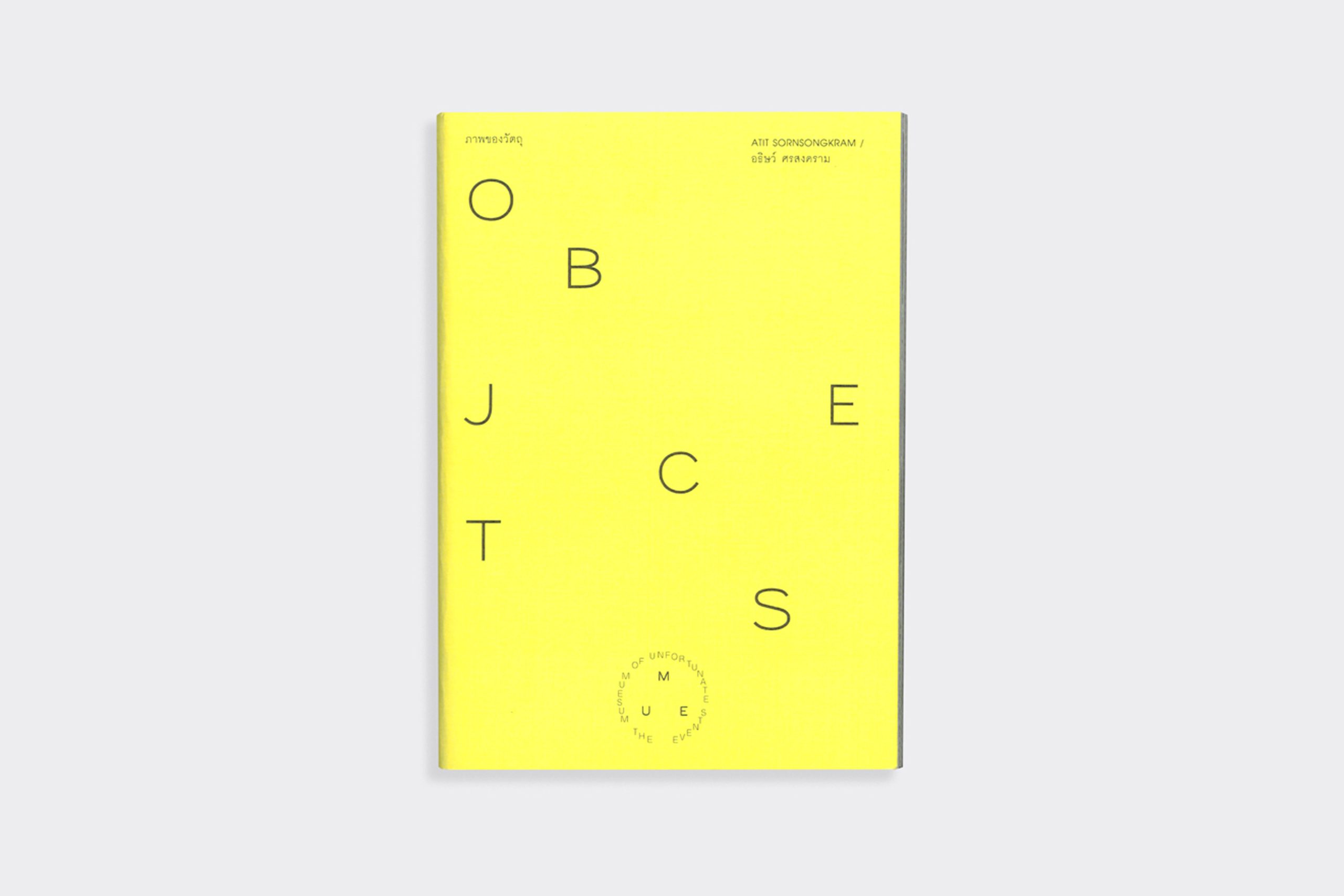
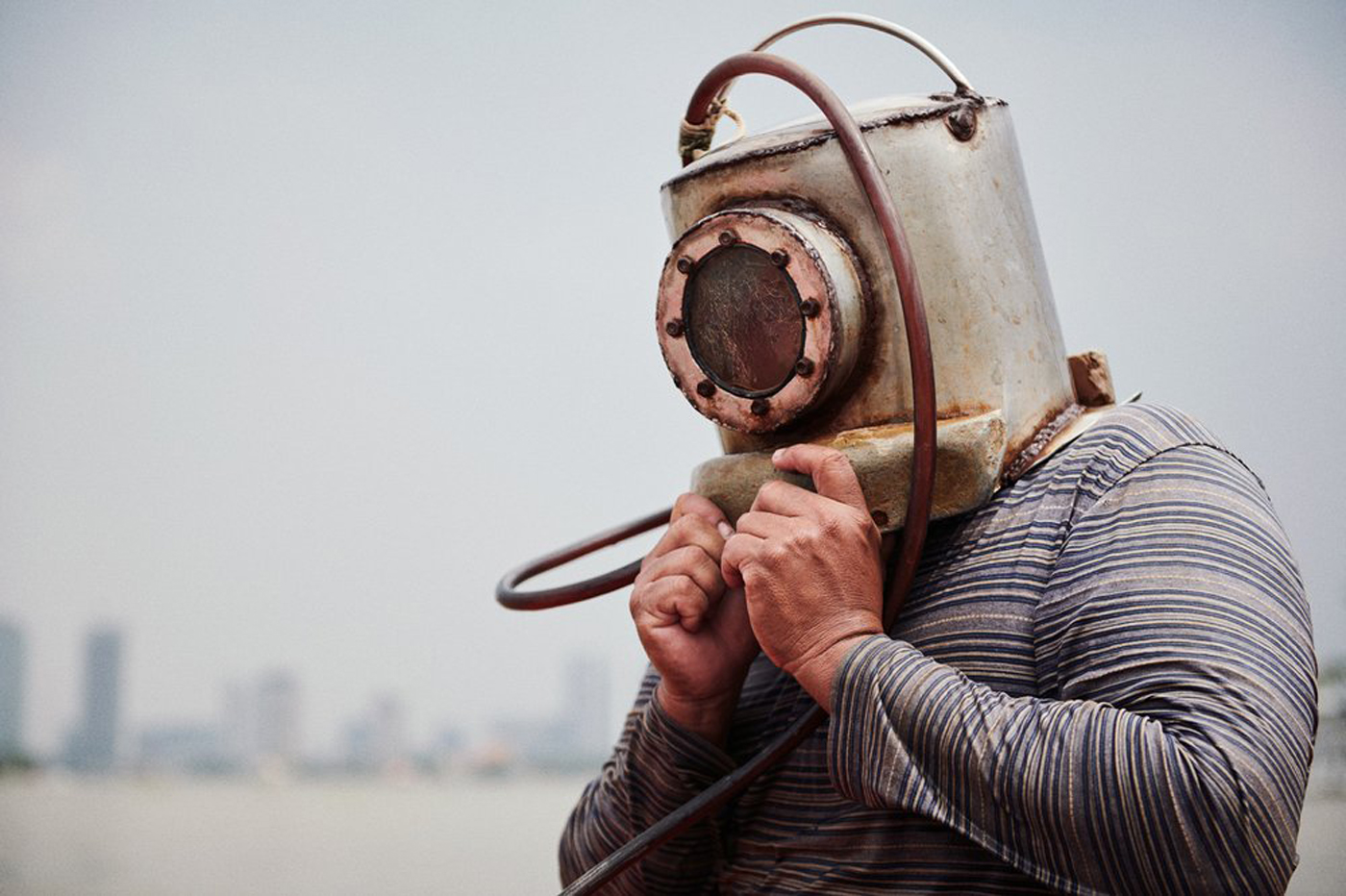
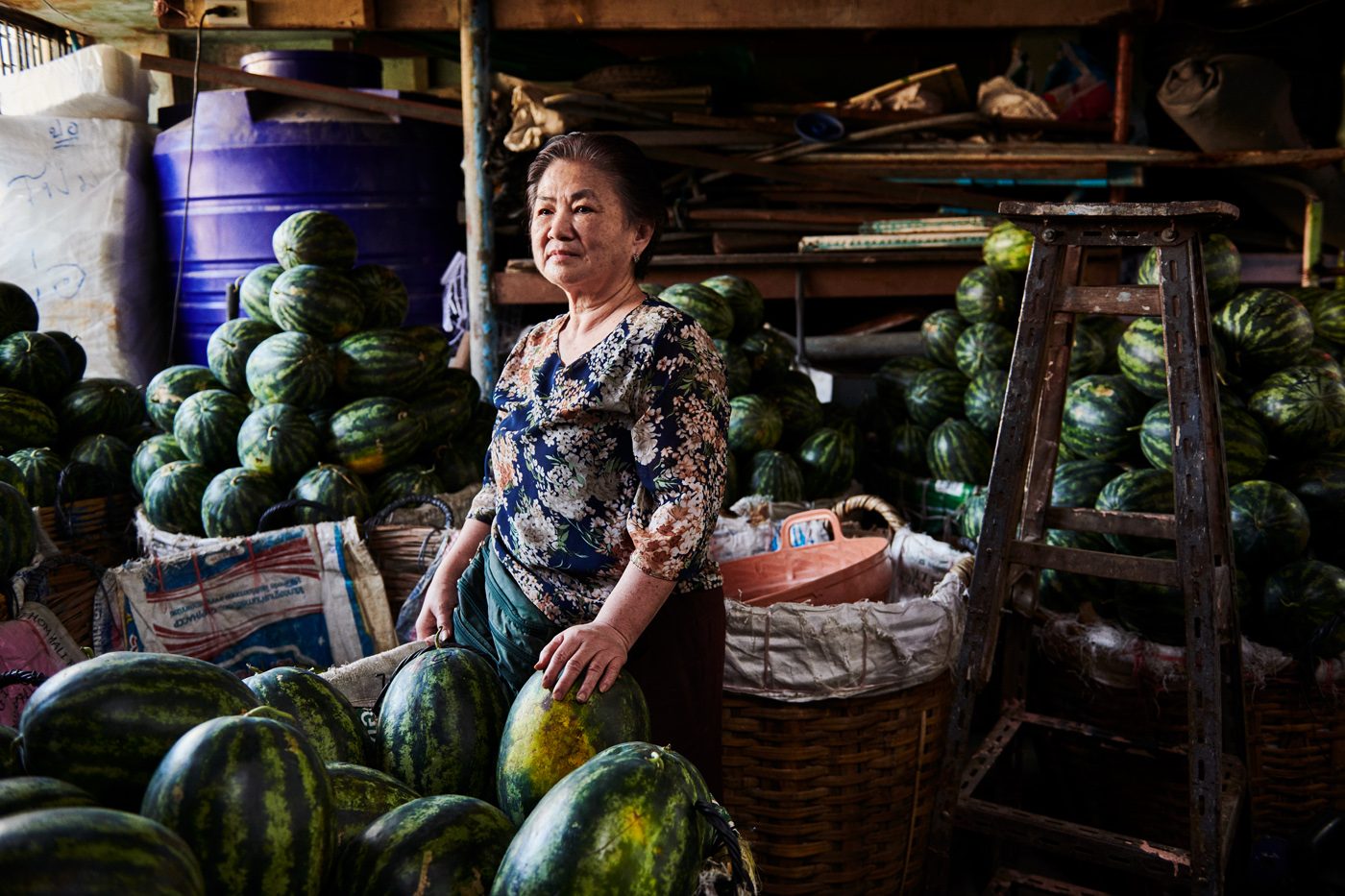
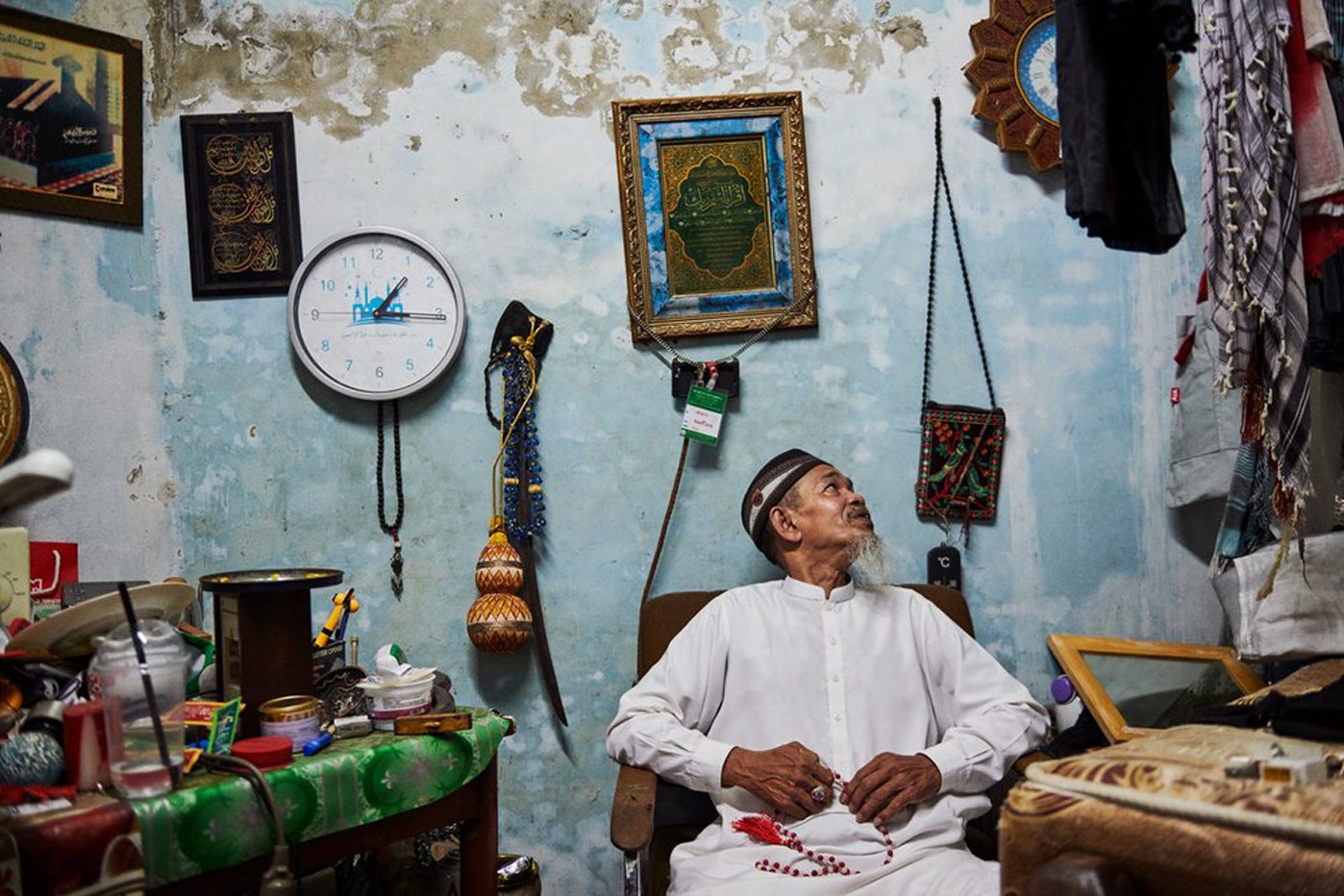

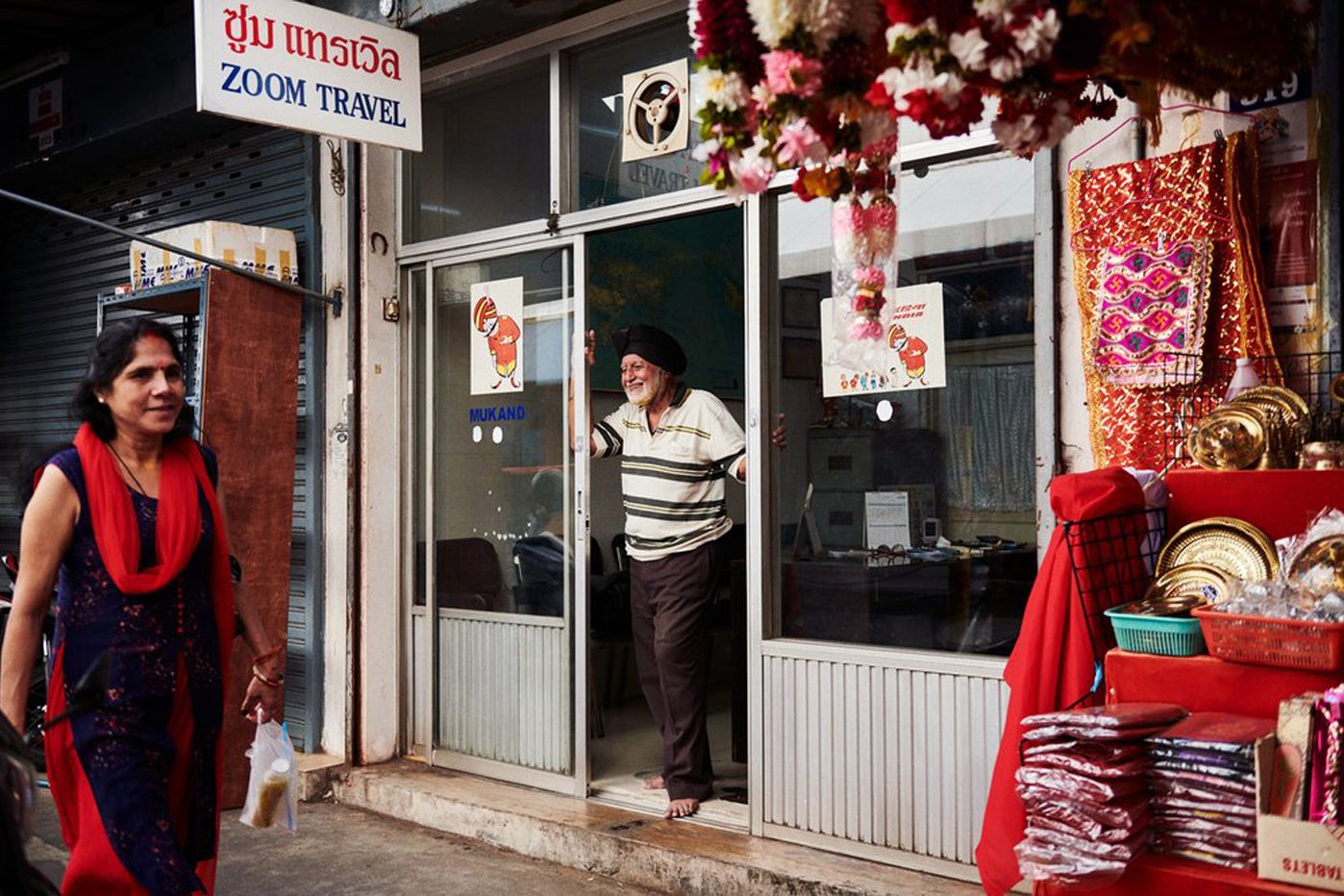




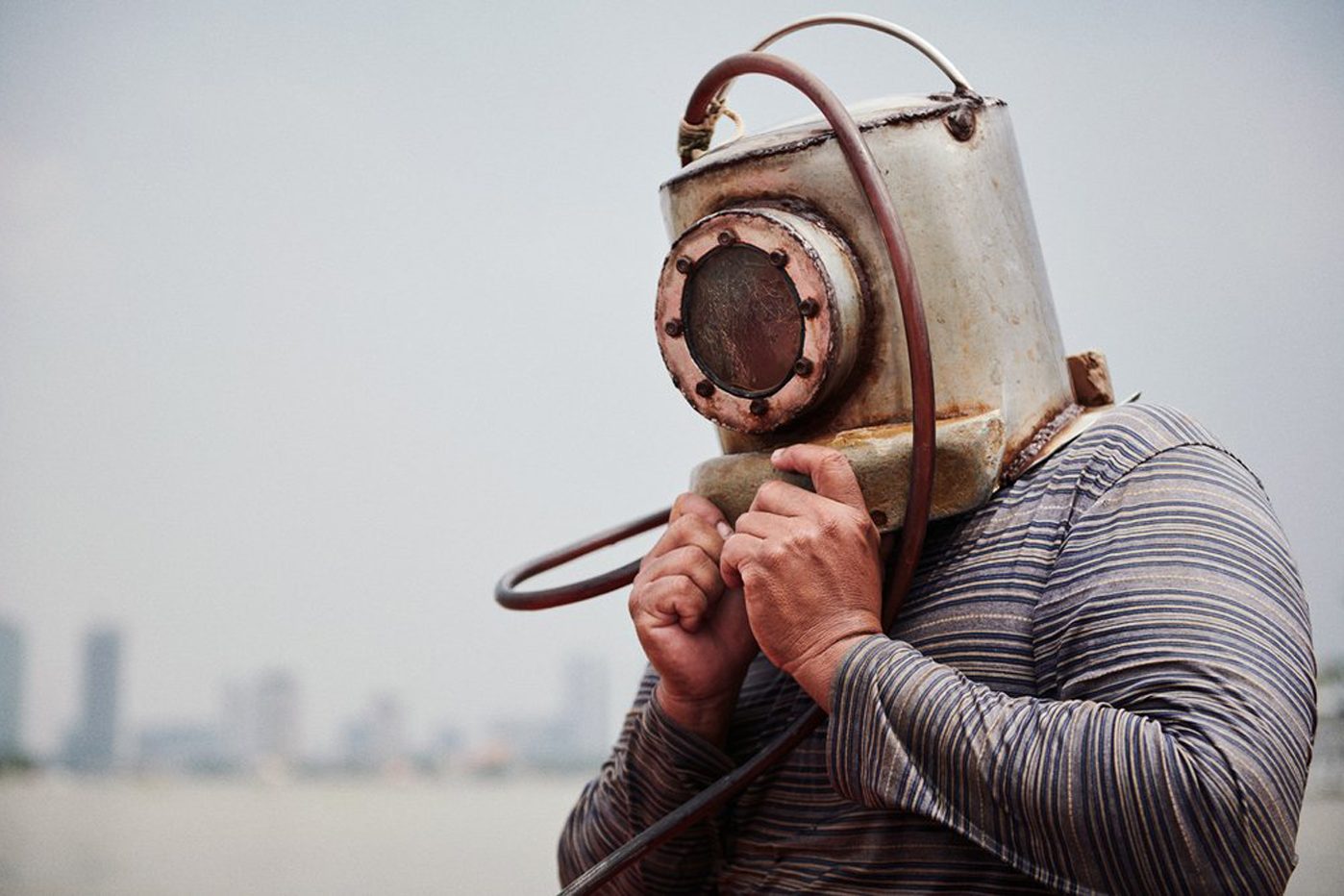

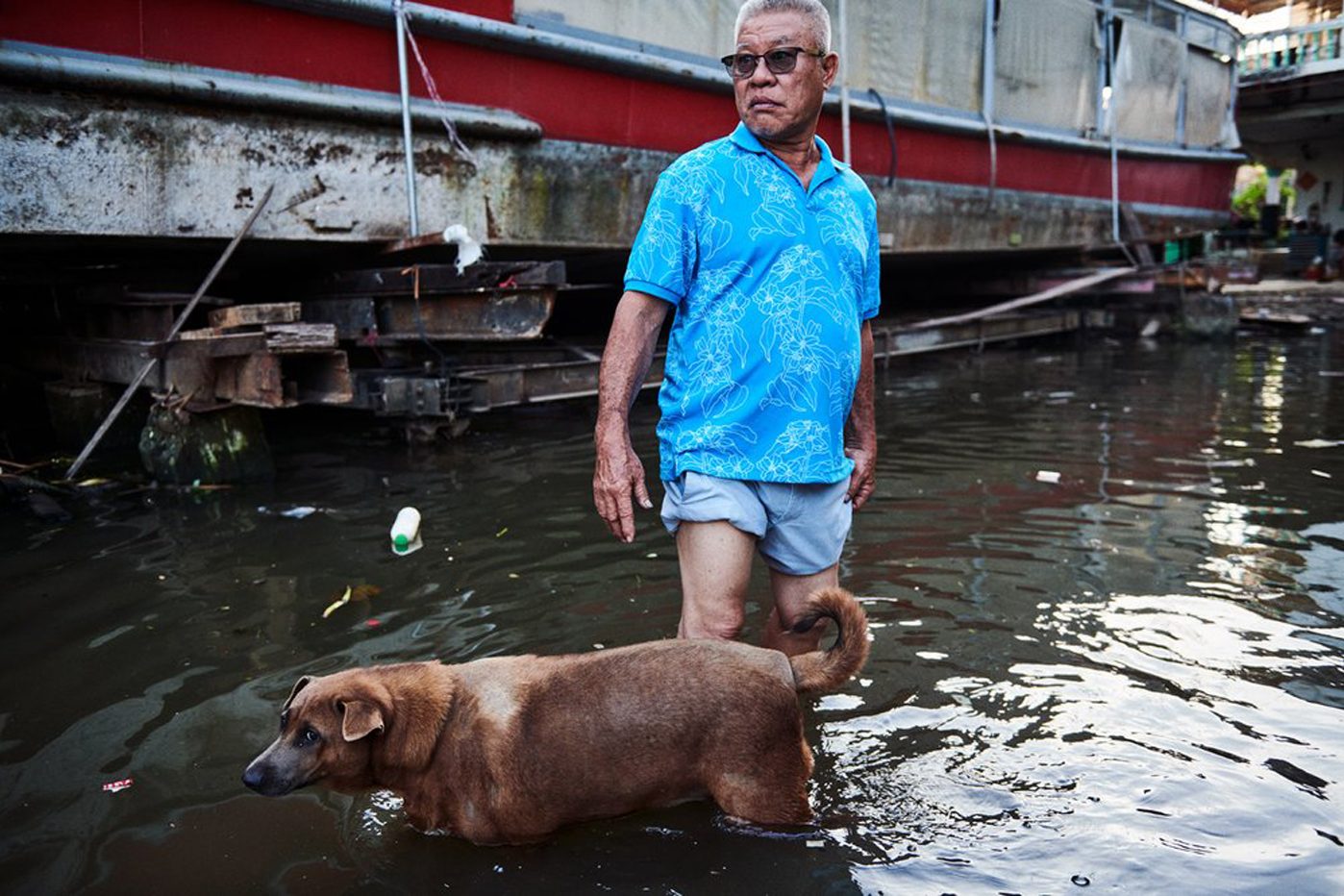
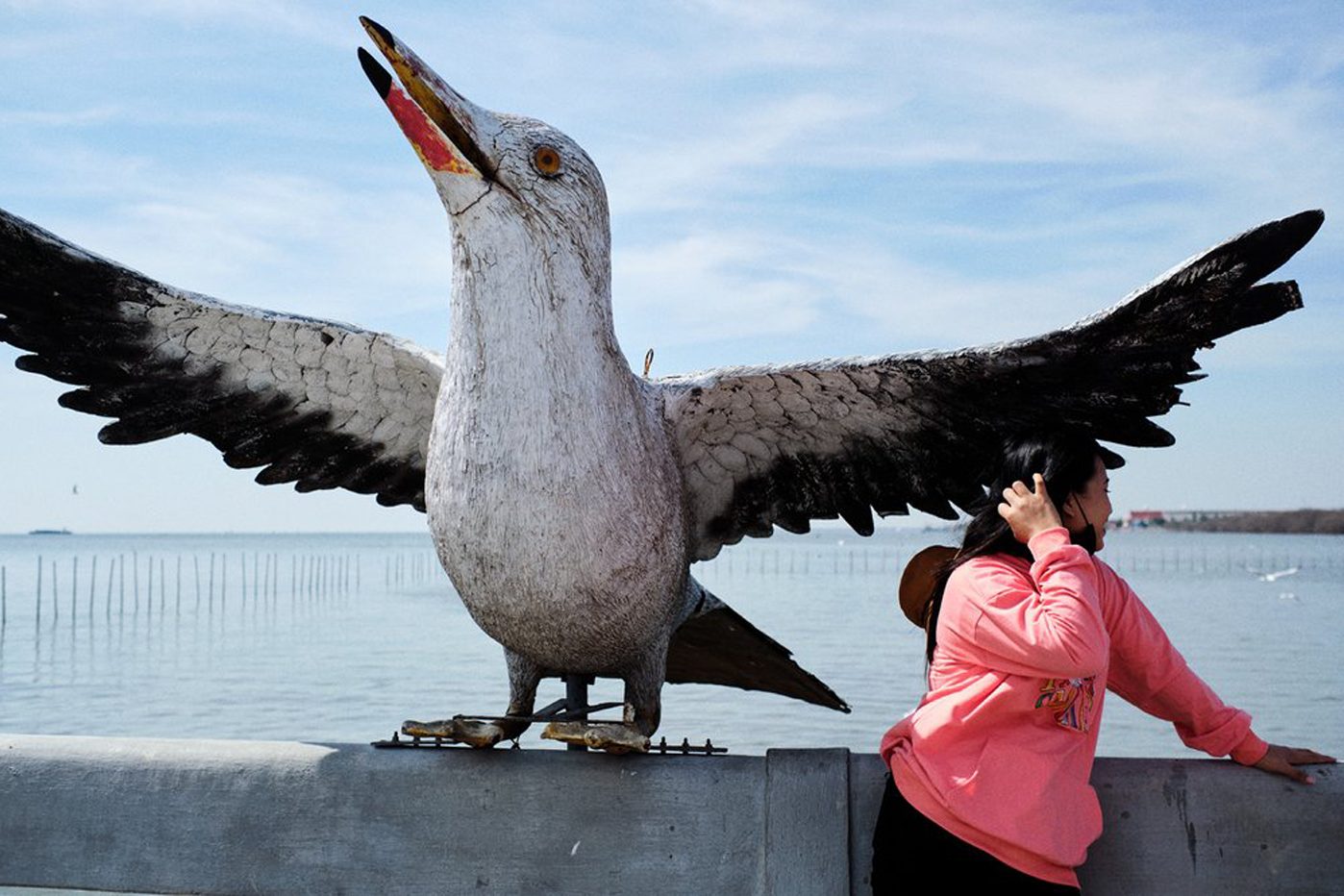
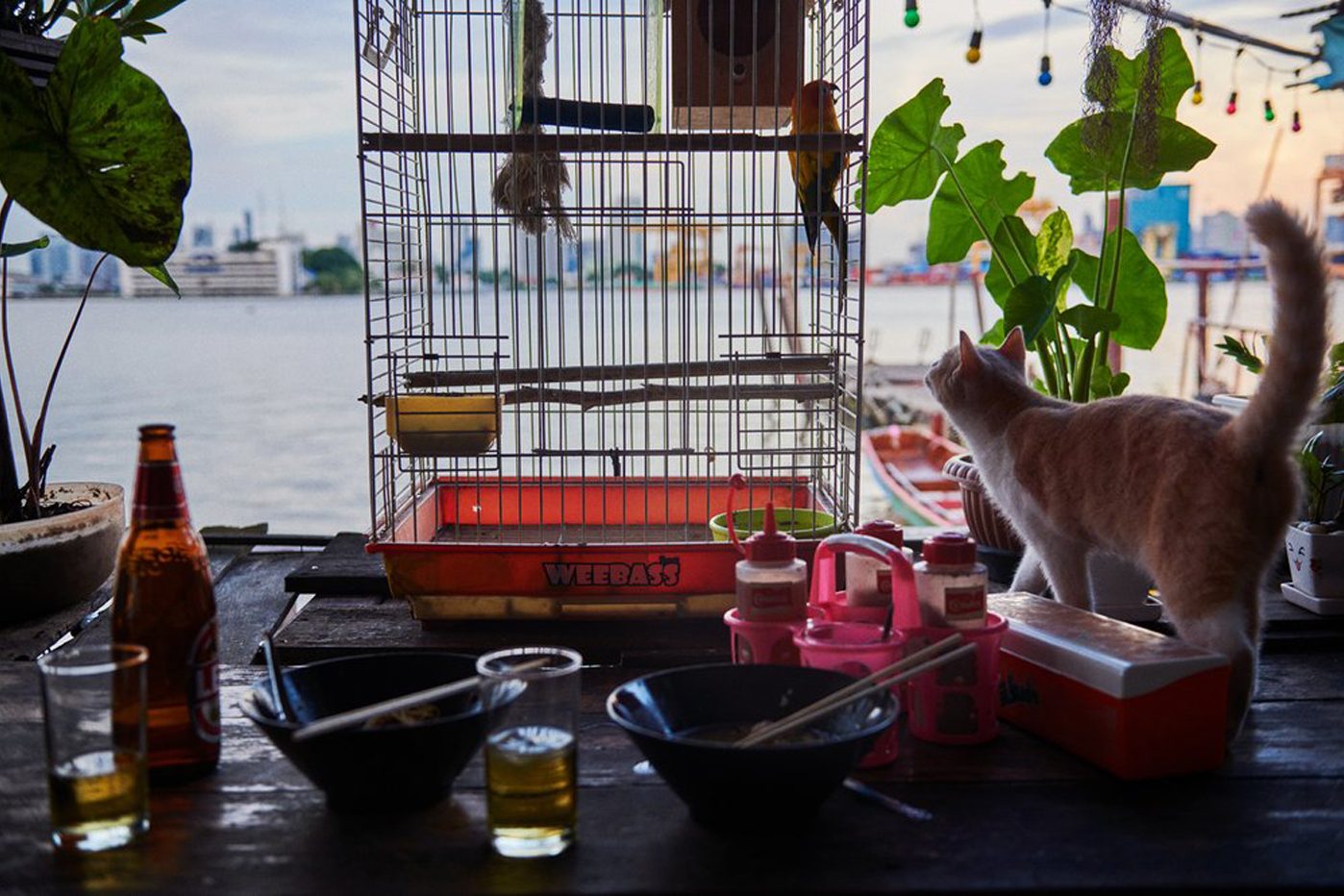

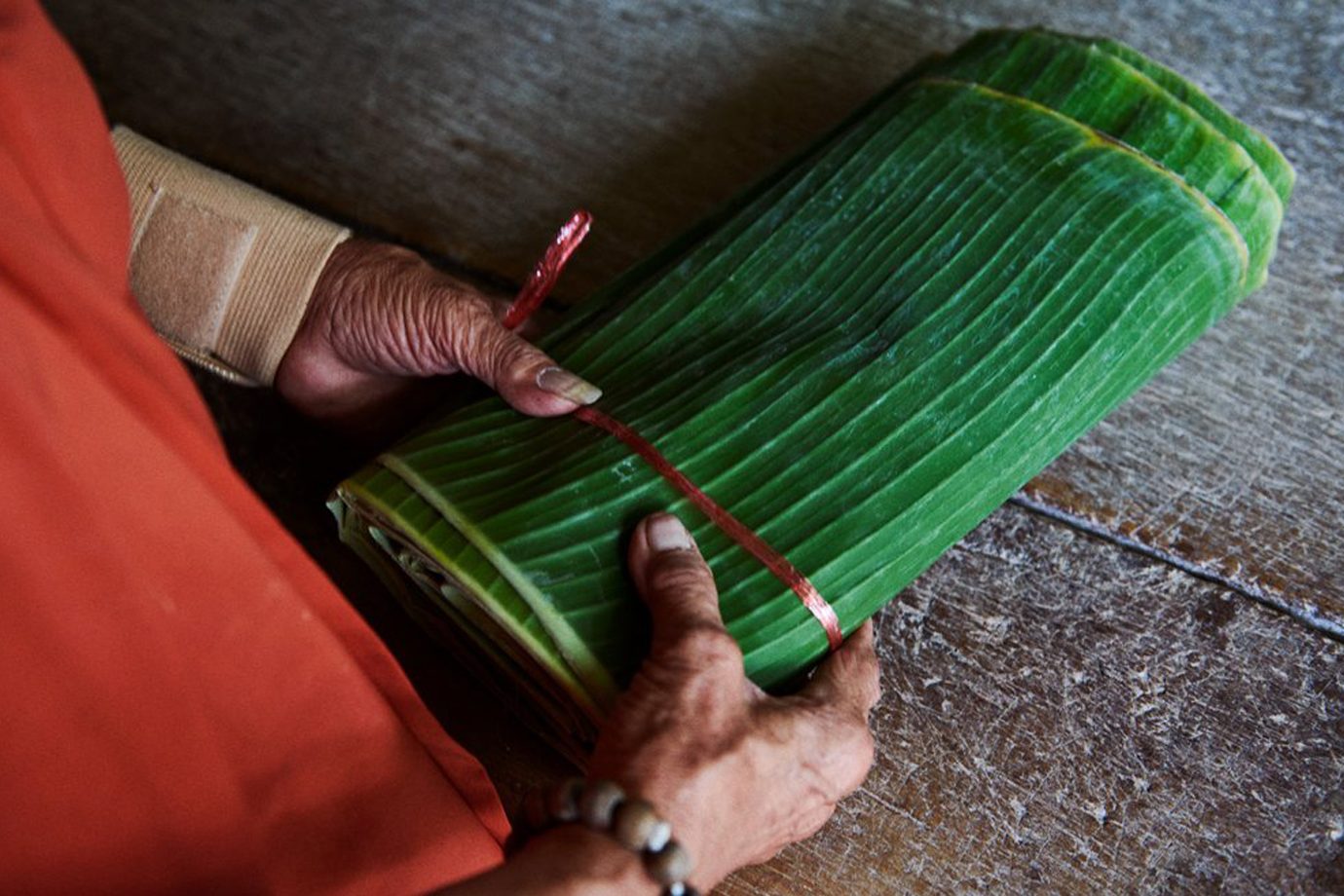
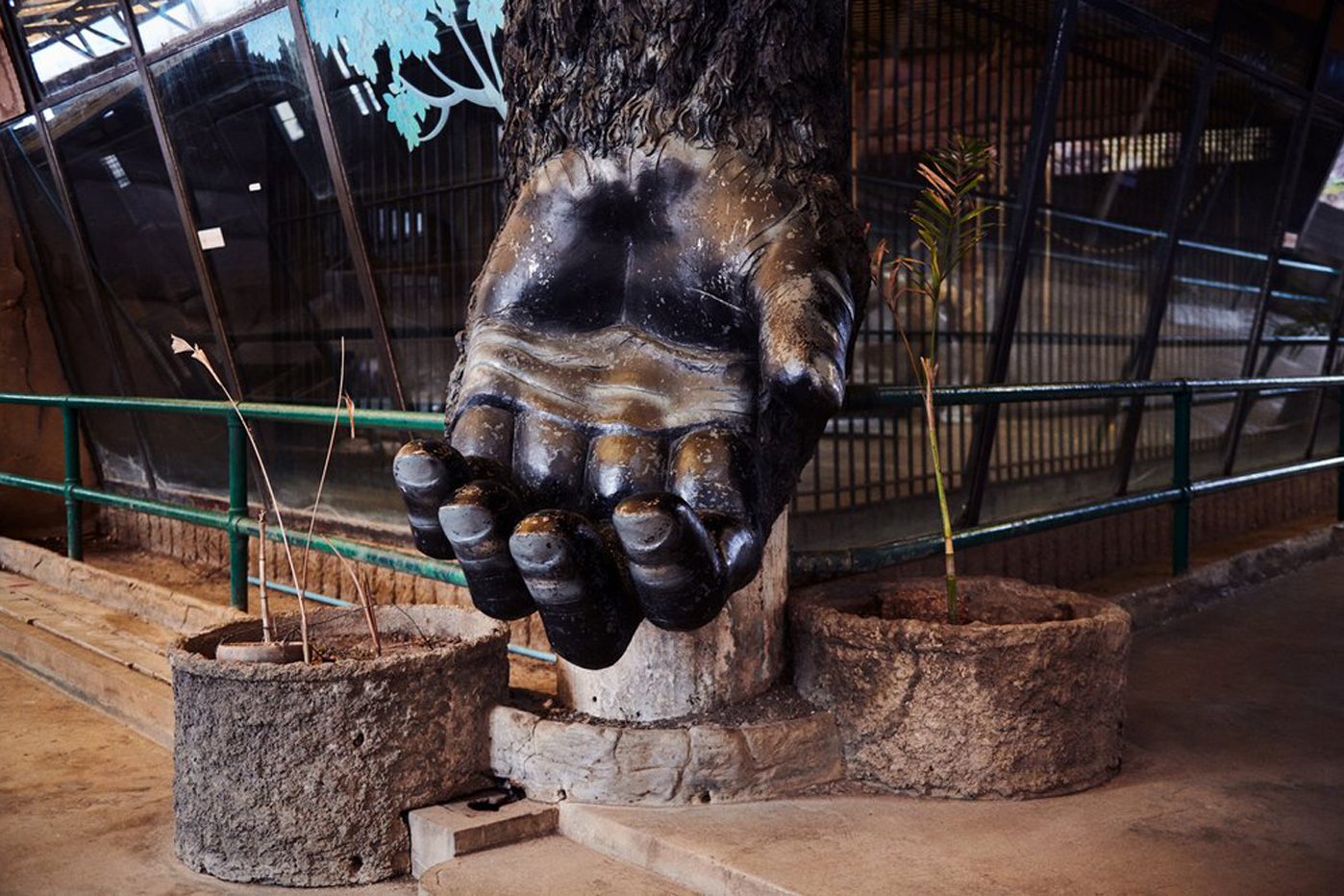
![THROUGH THEIR EYES [PEACE CENTRE] review](https://art4d.com/wp-content/uploads/2024/04/0Q4A0025_crop_low-res.jpg)











